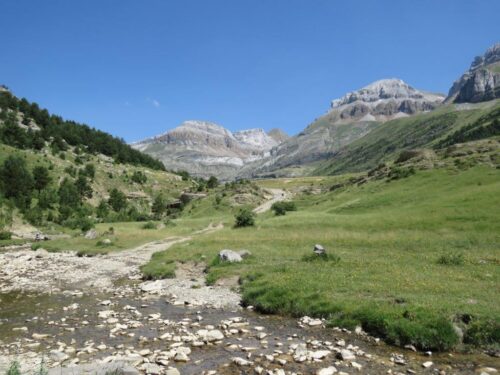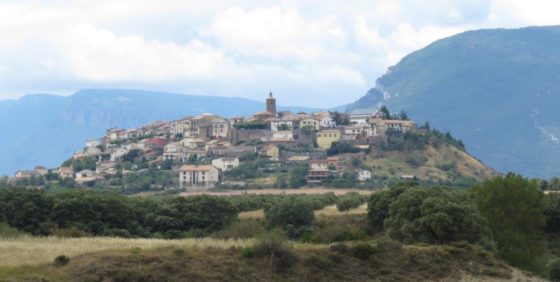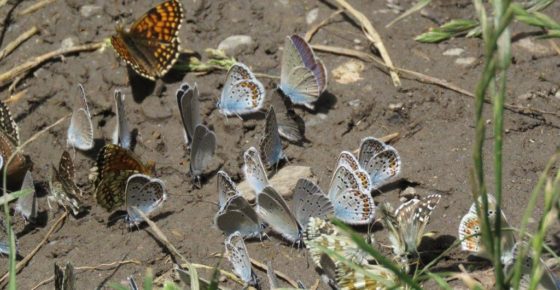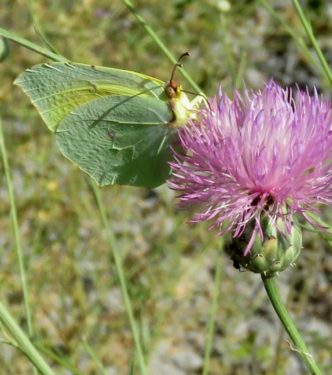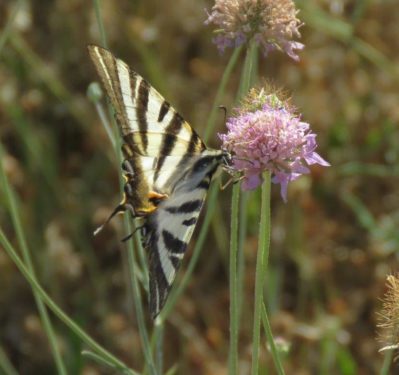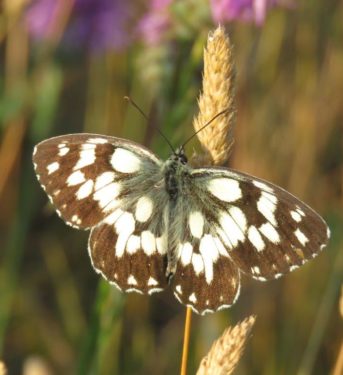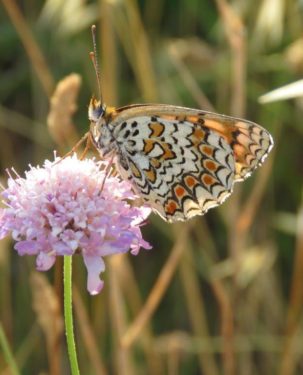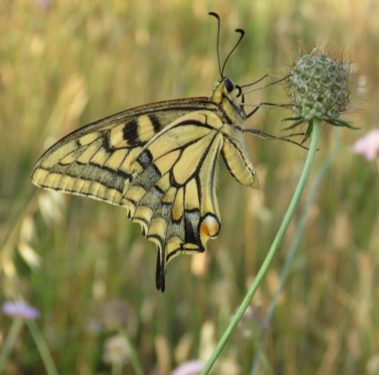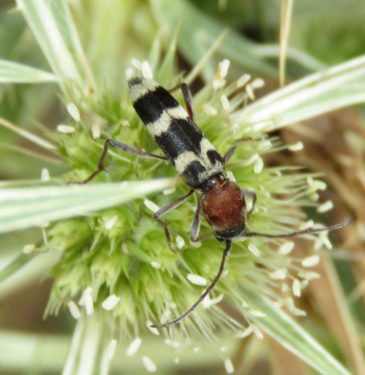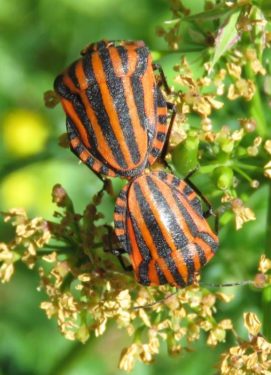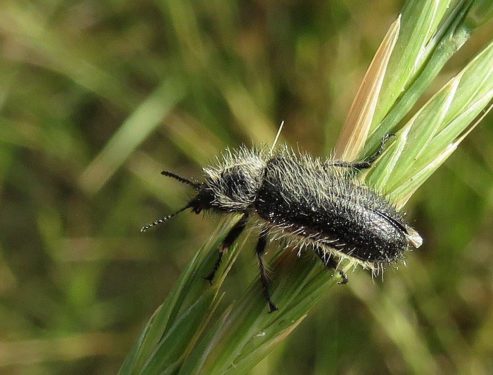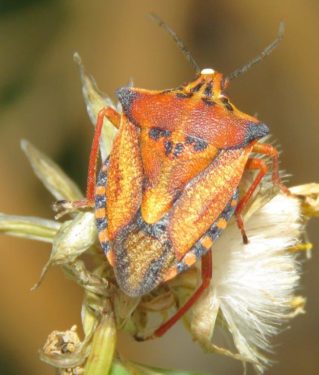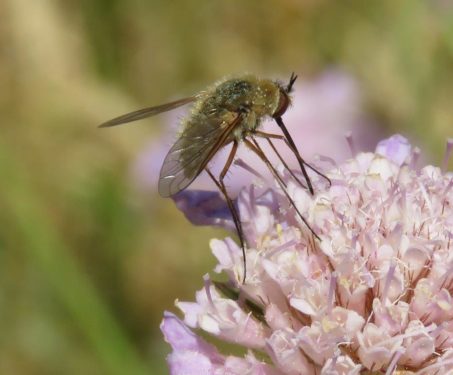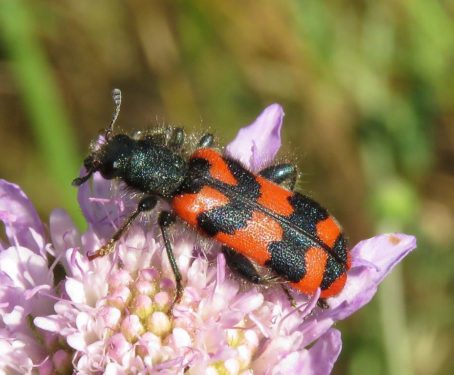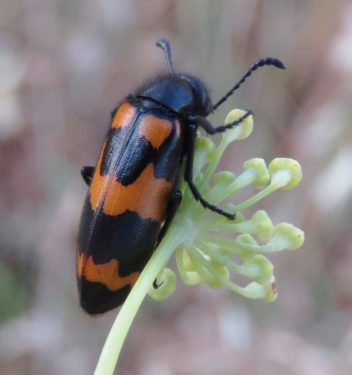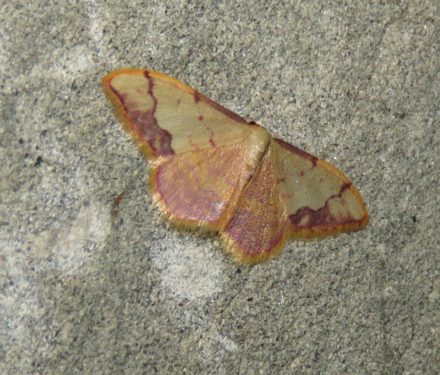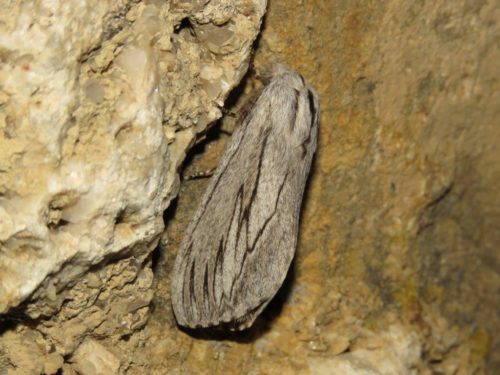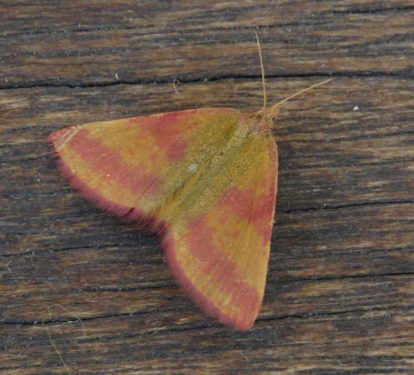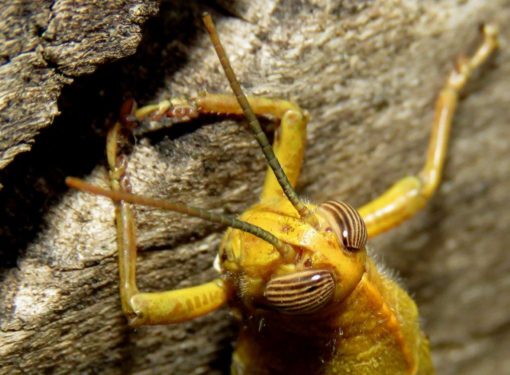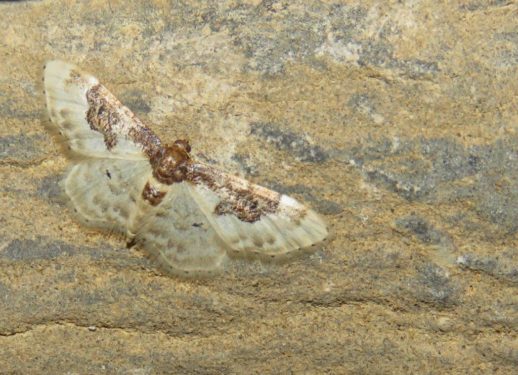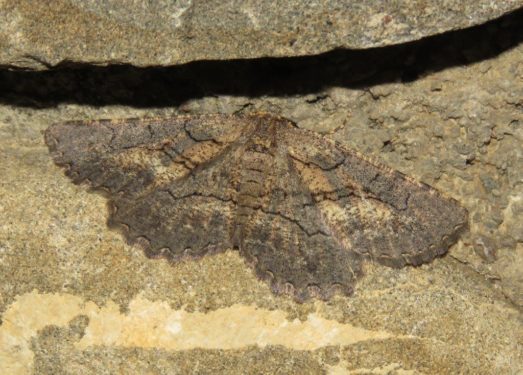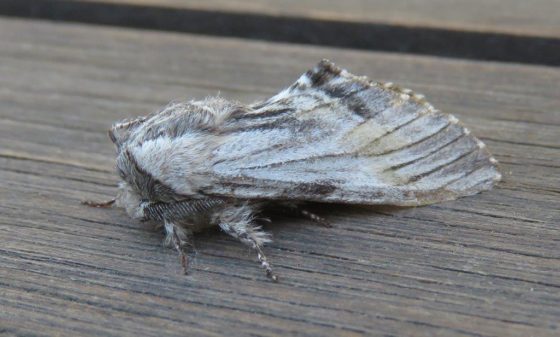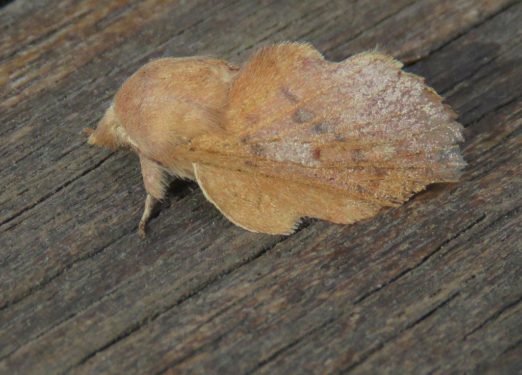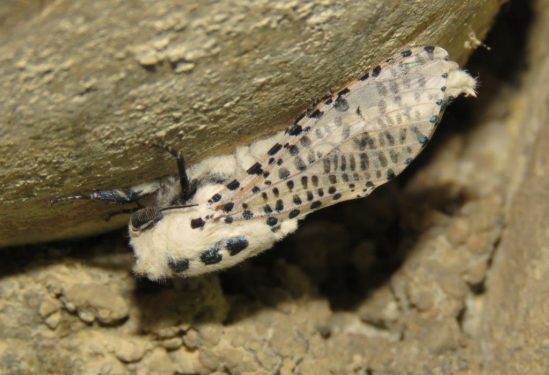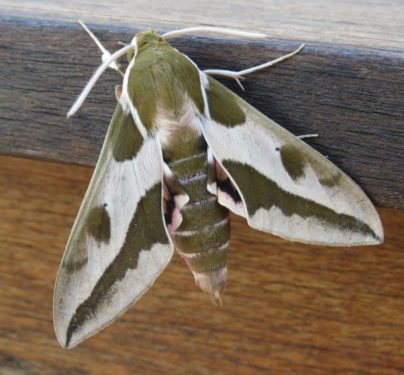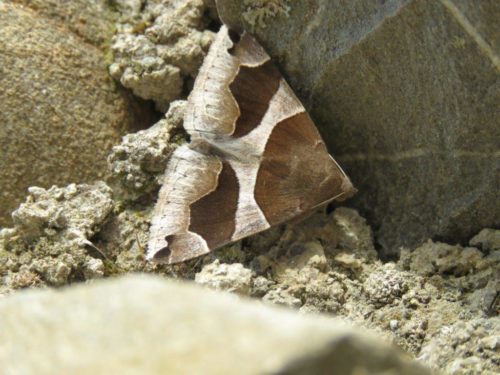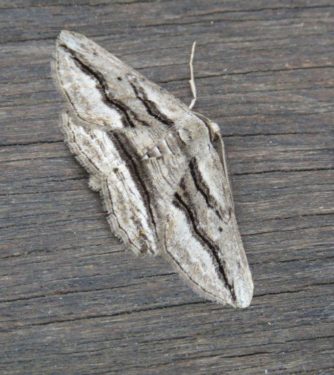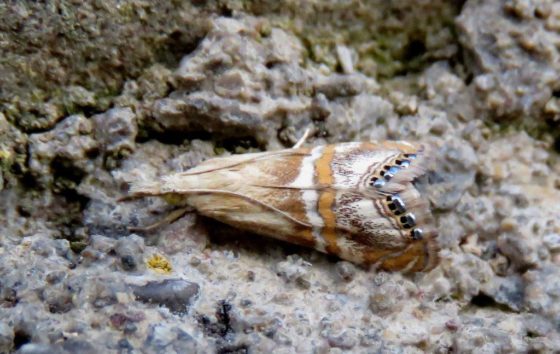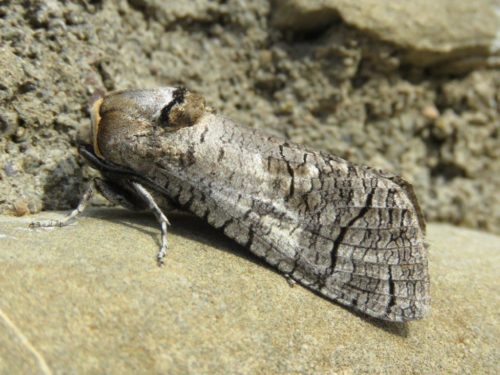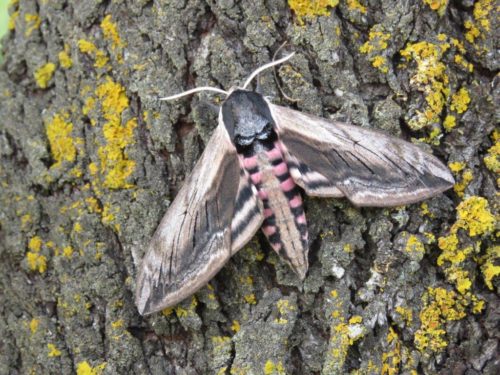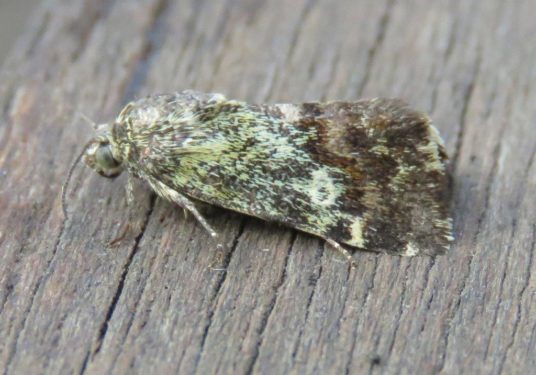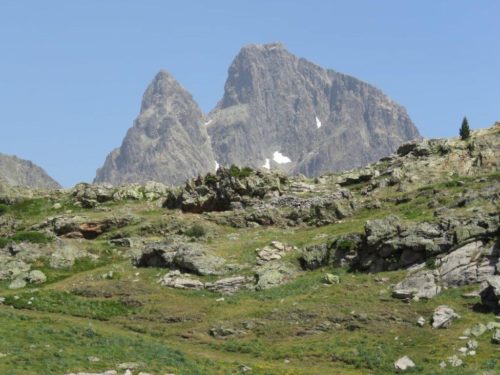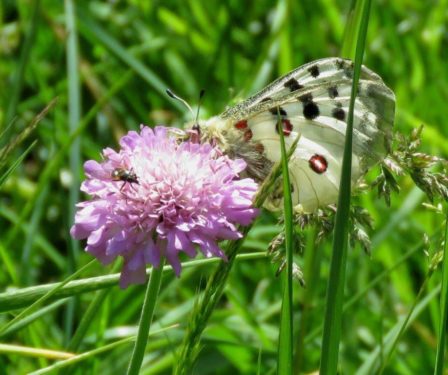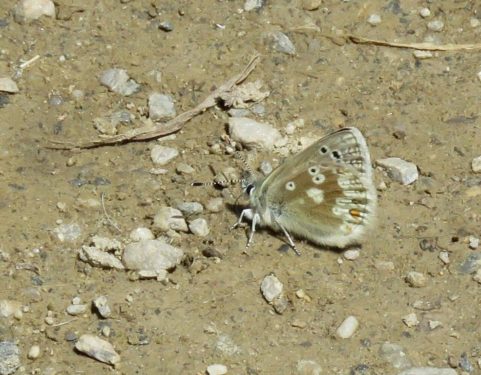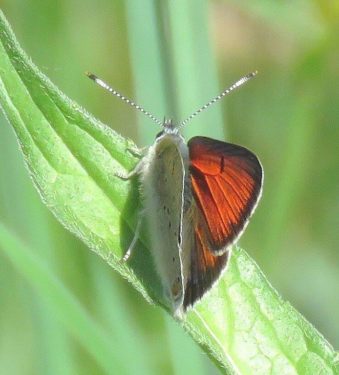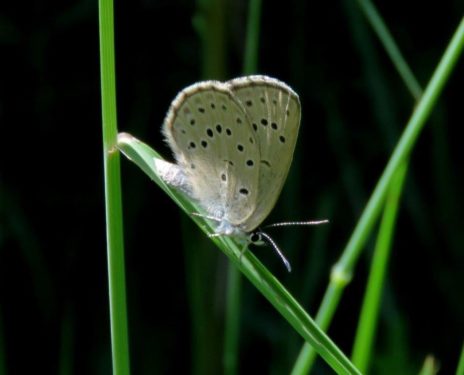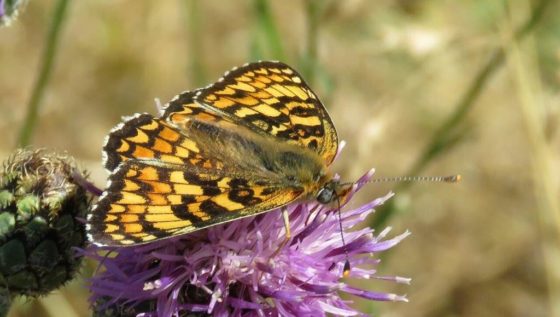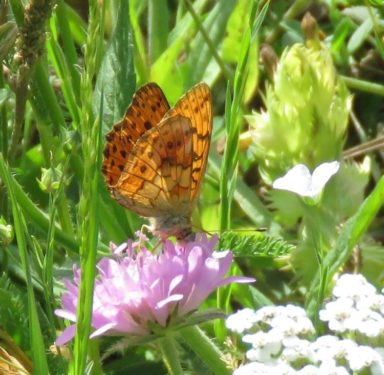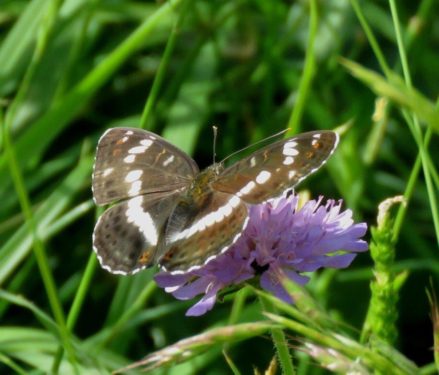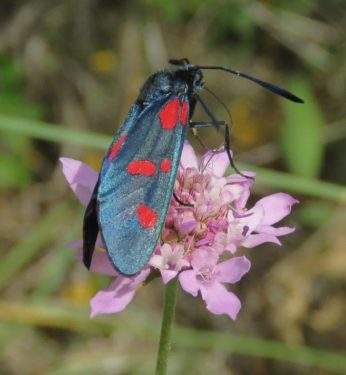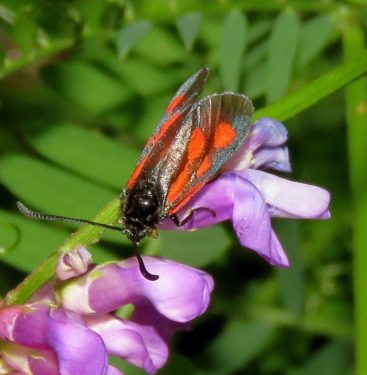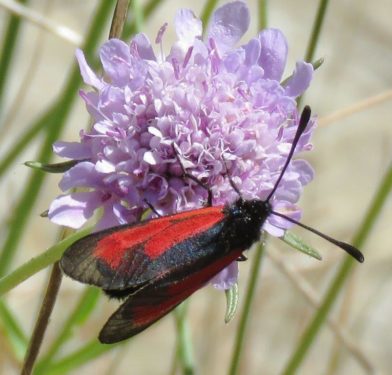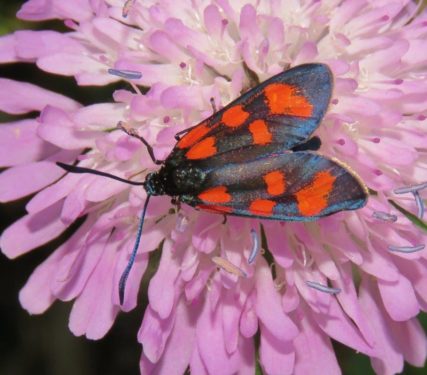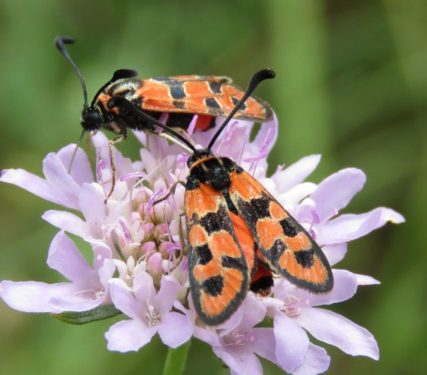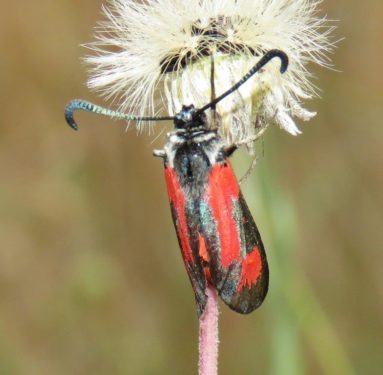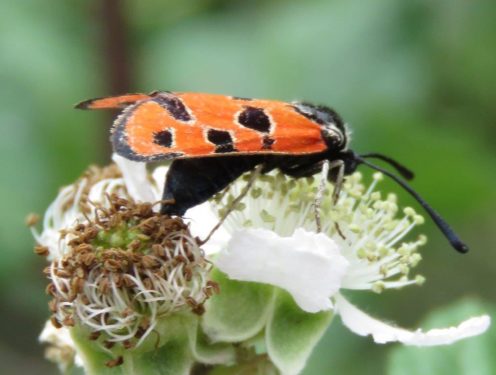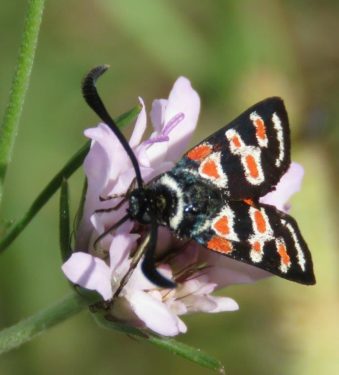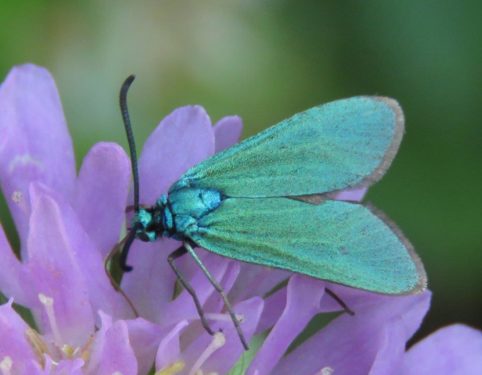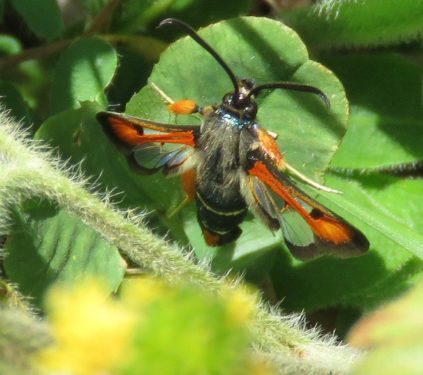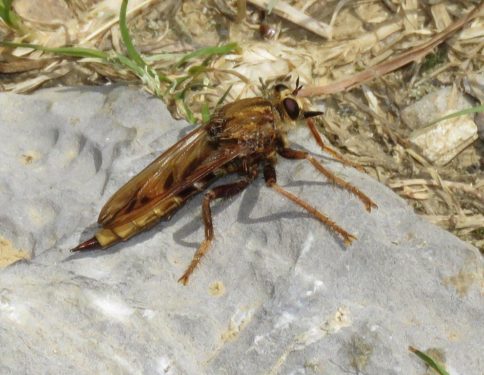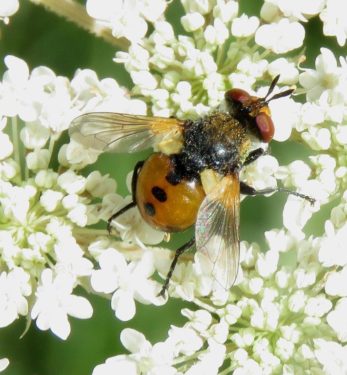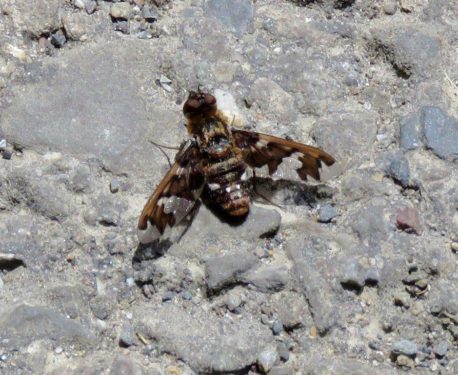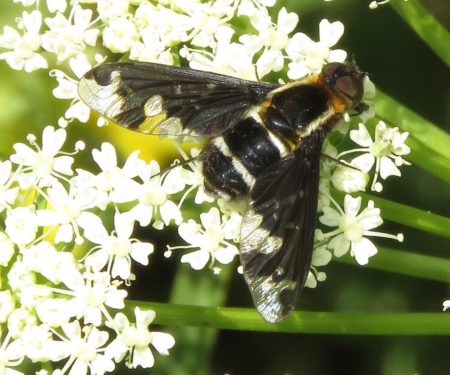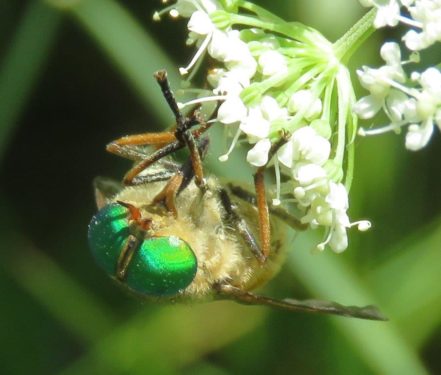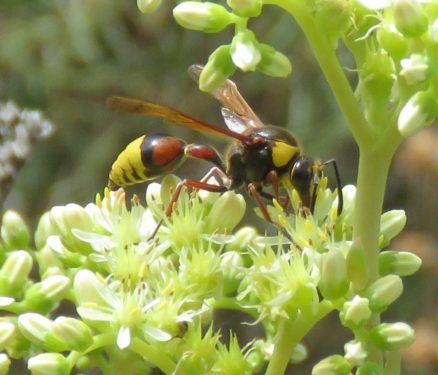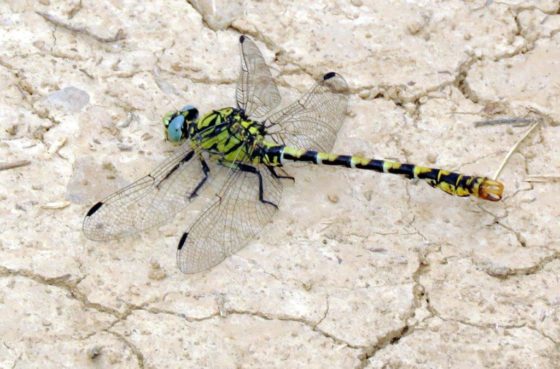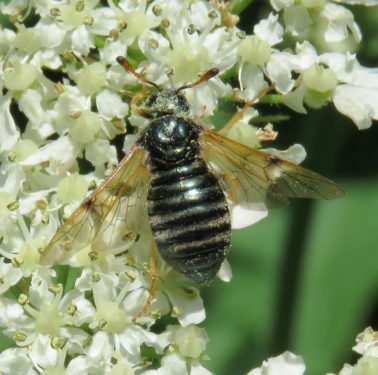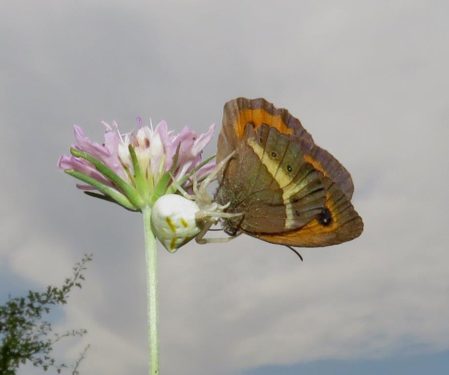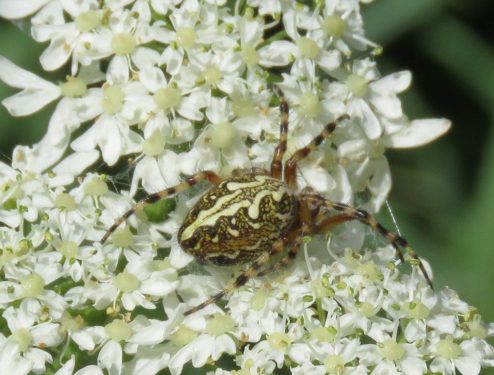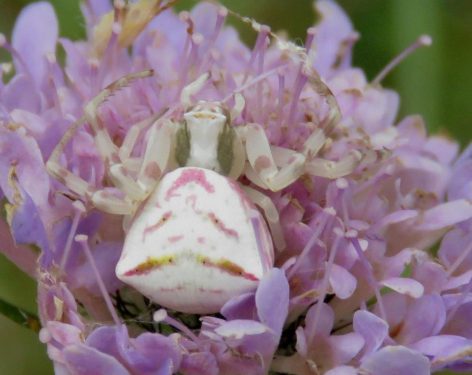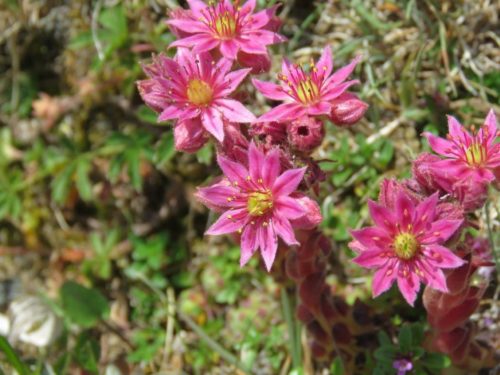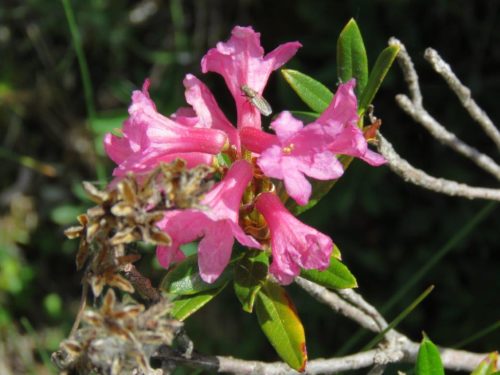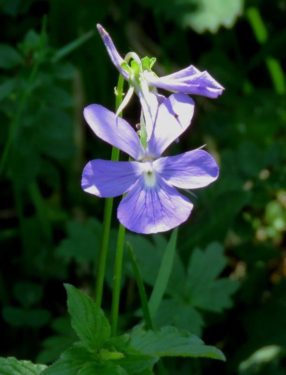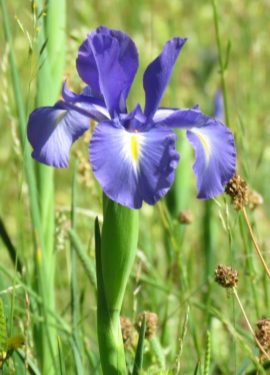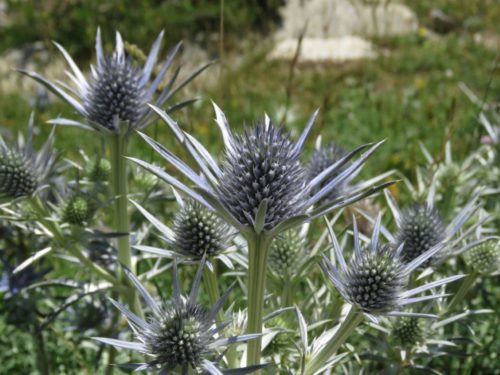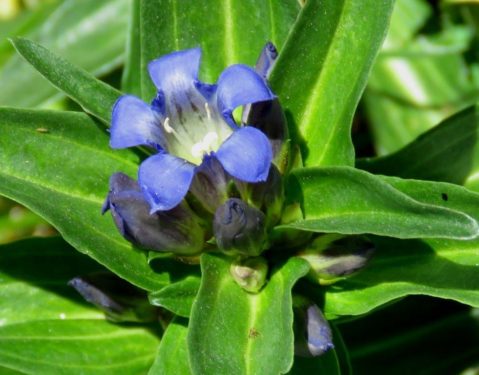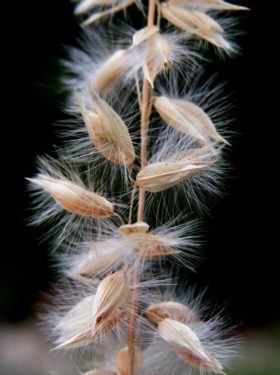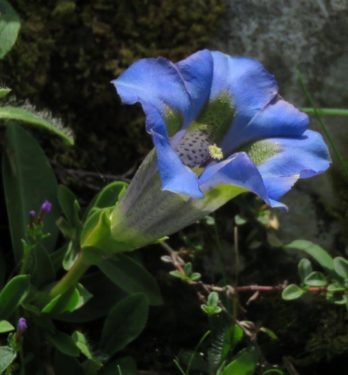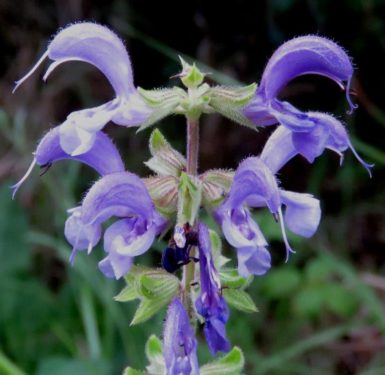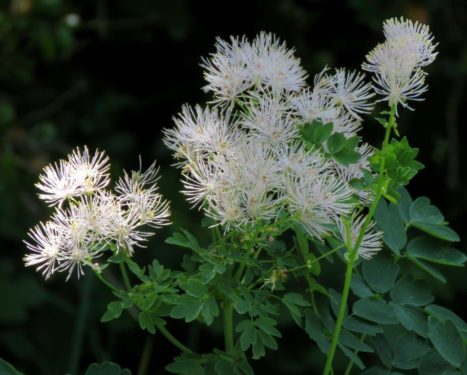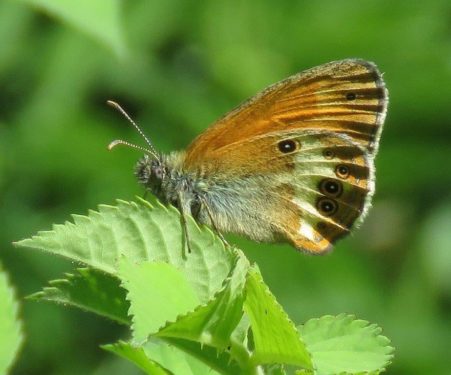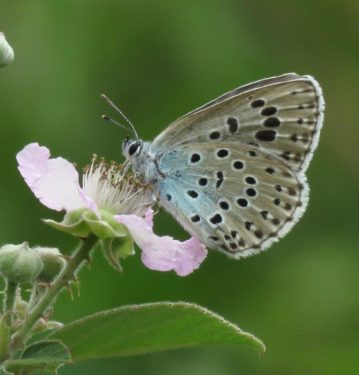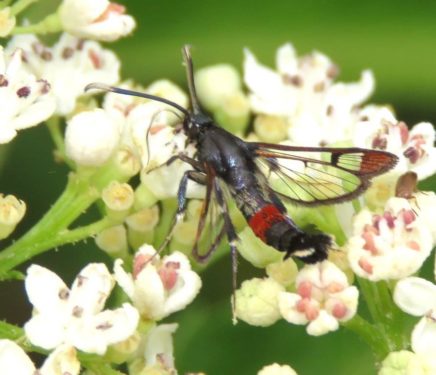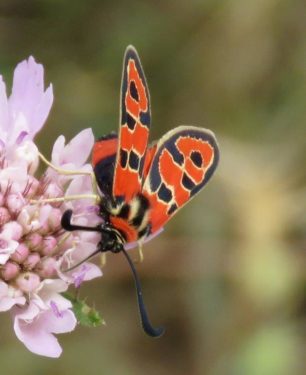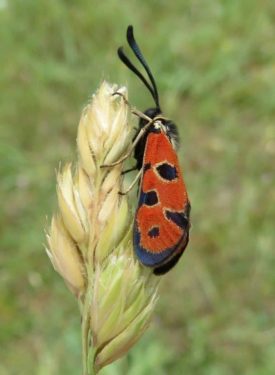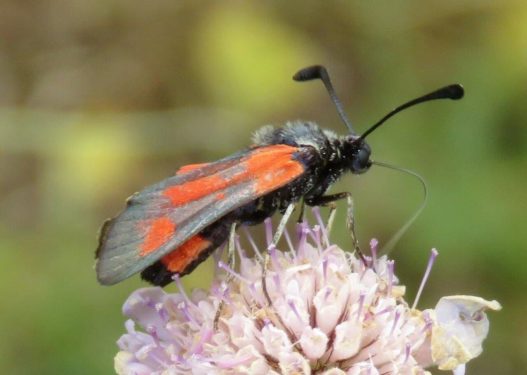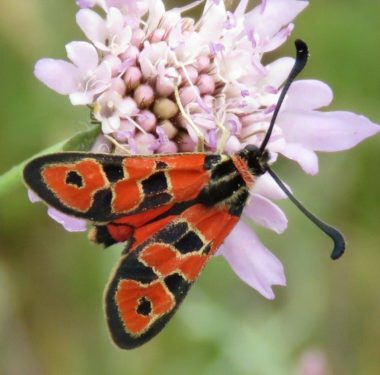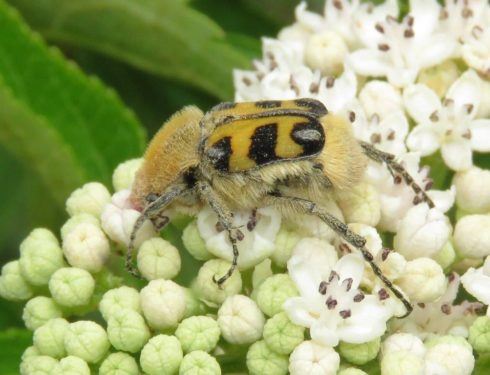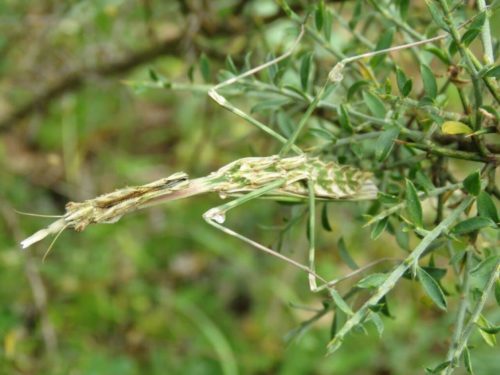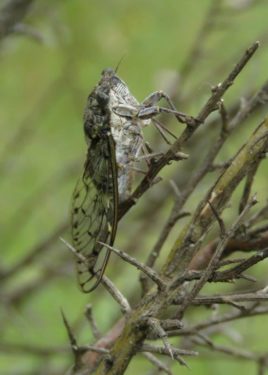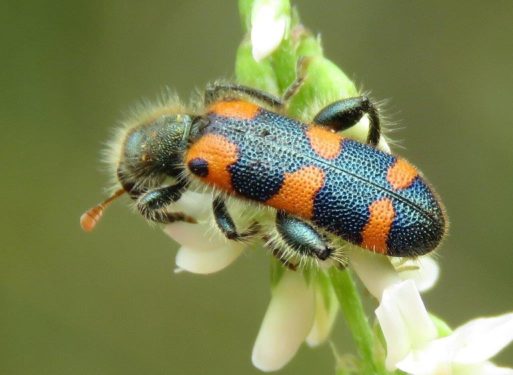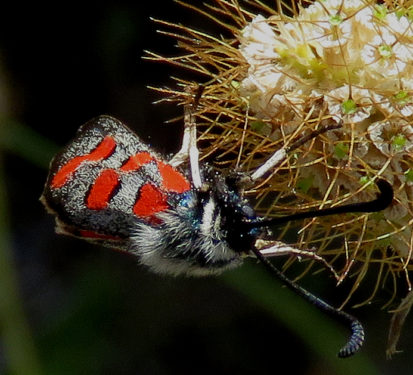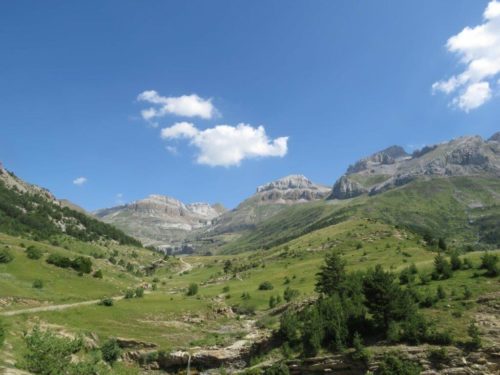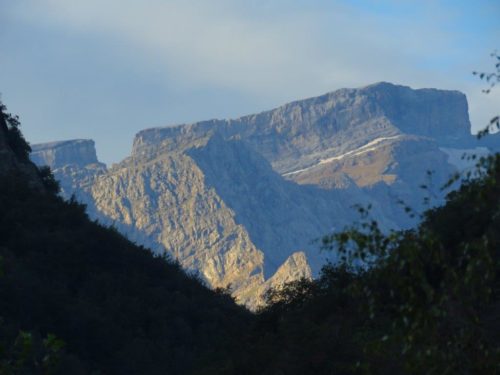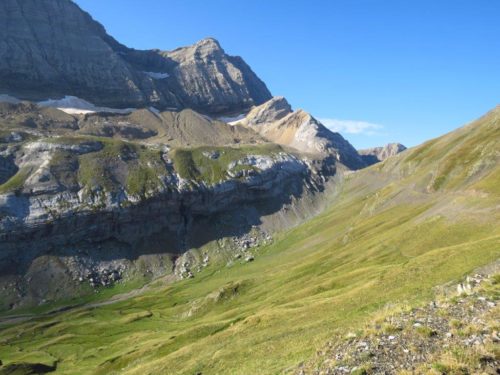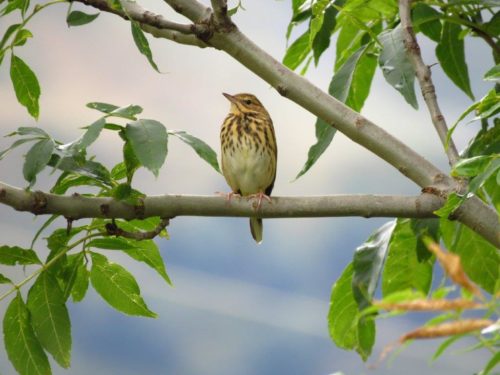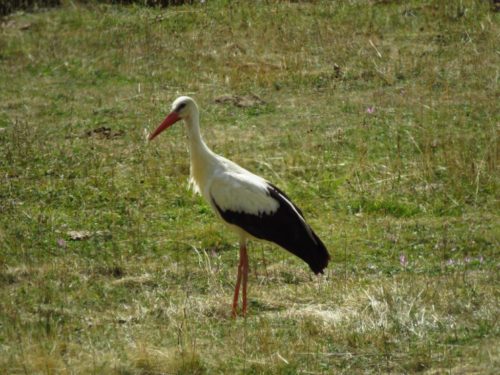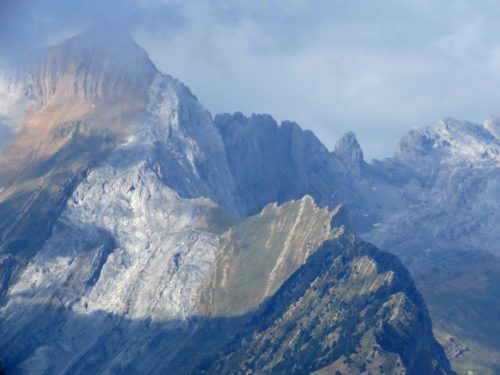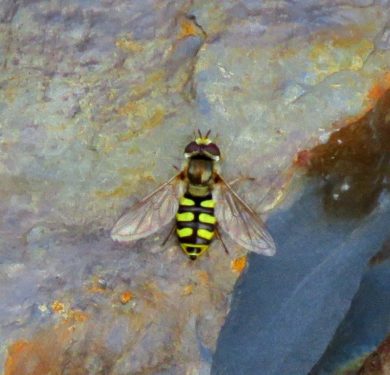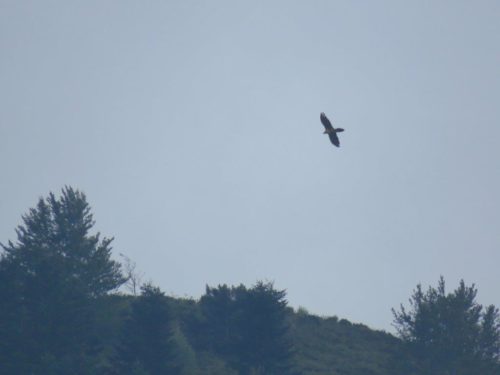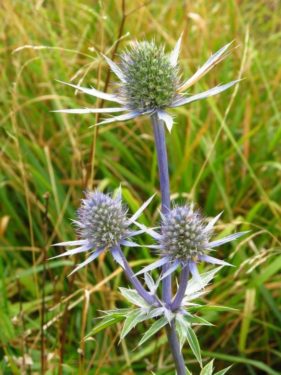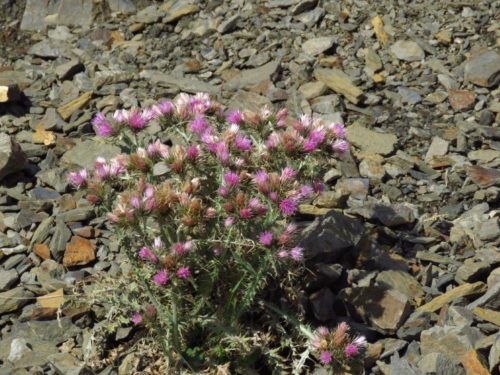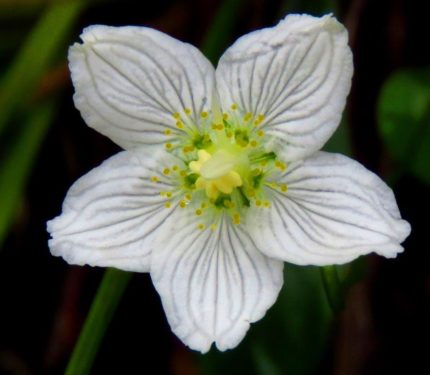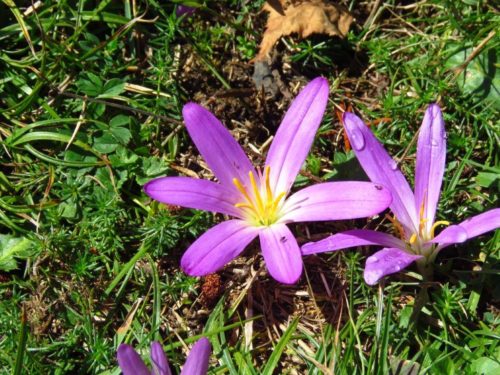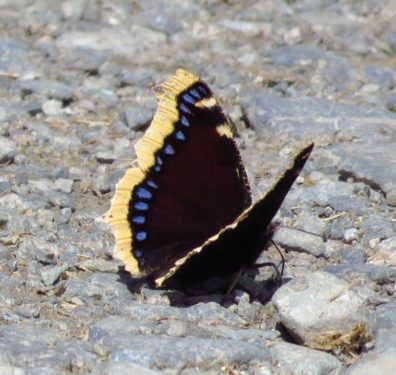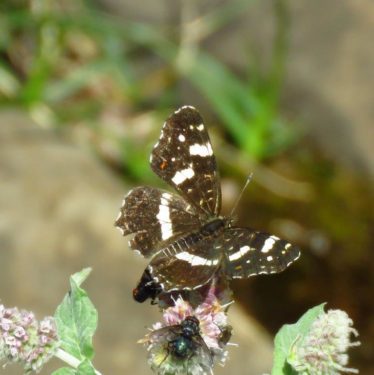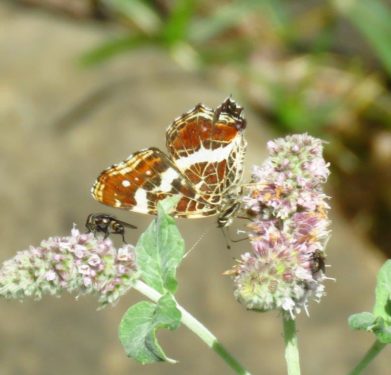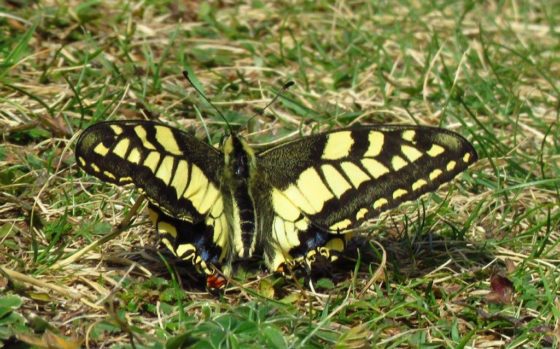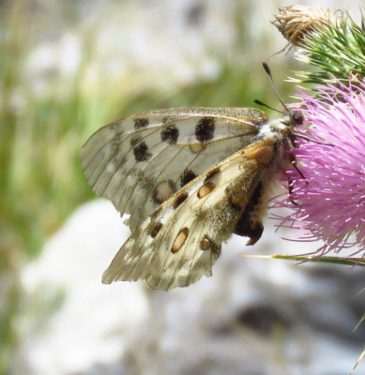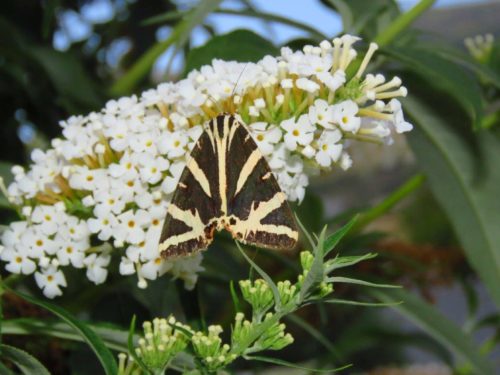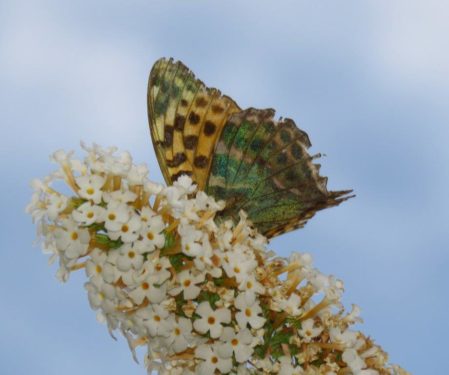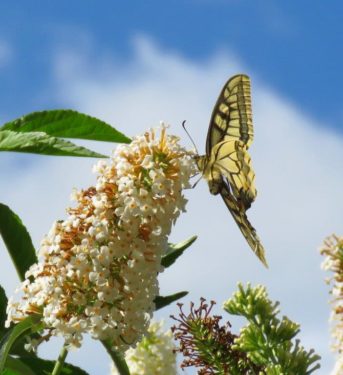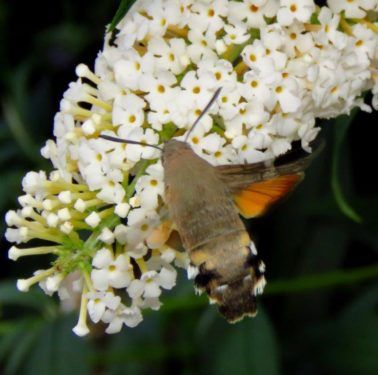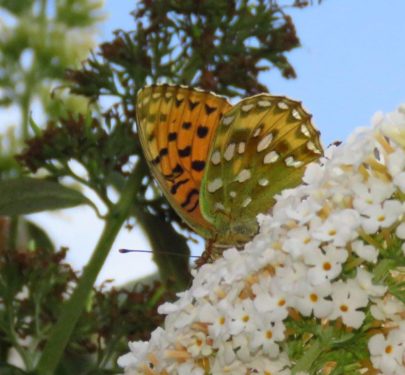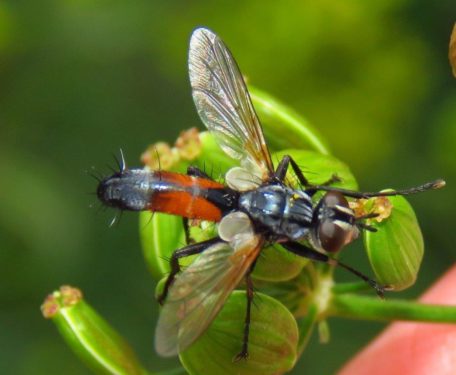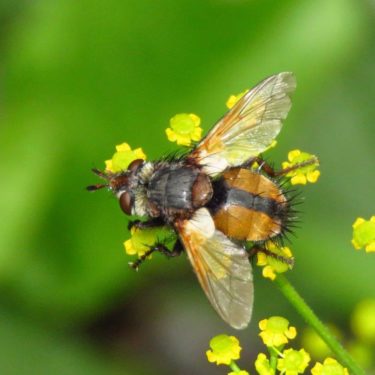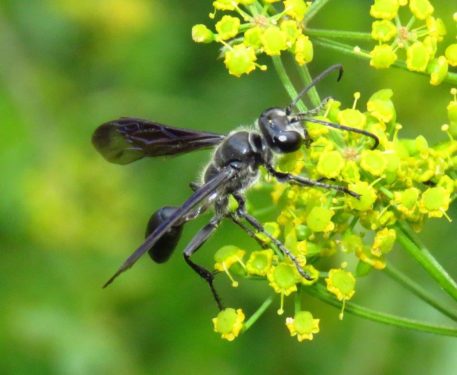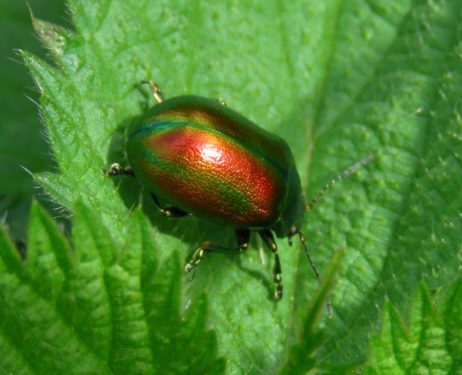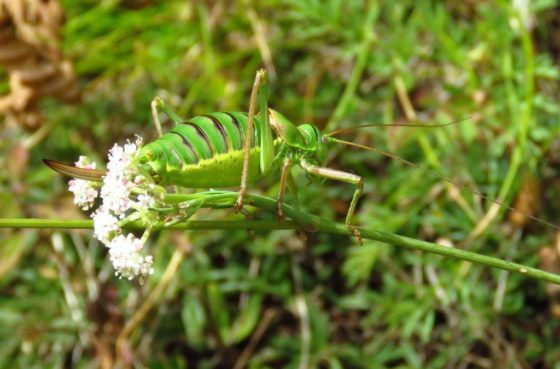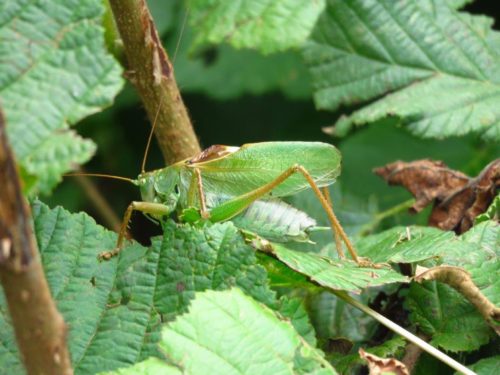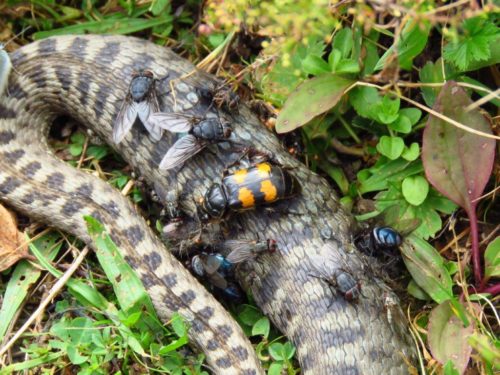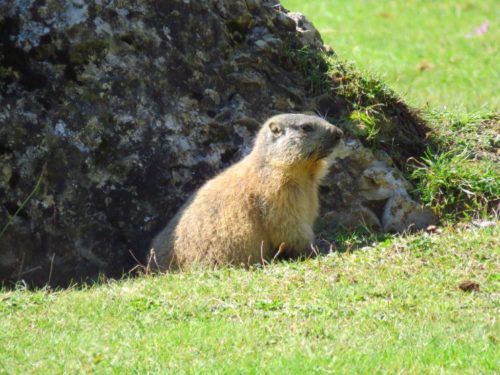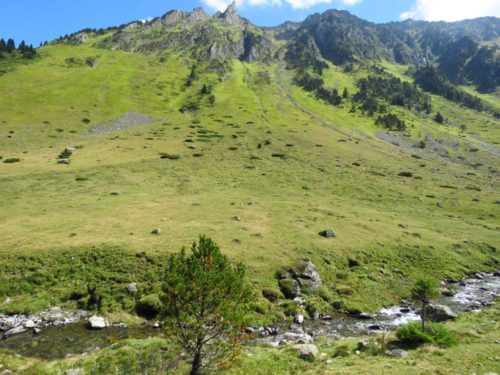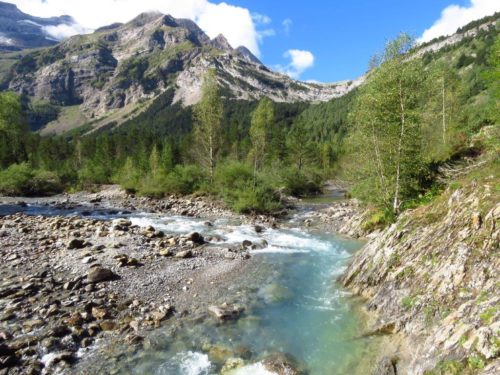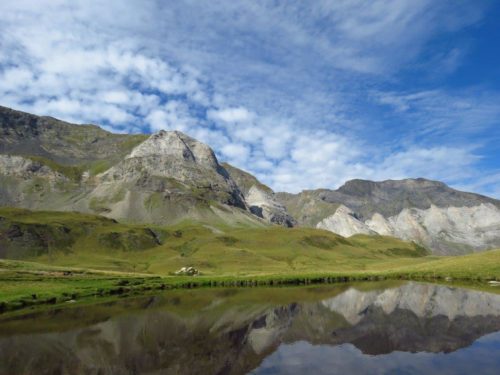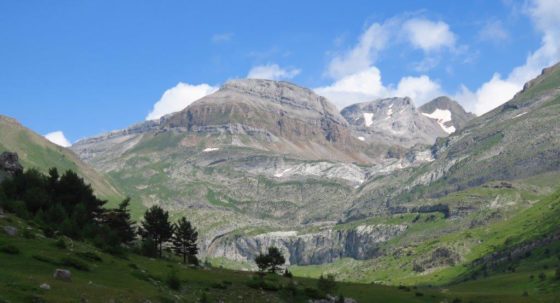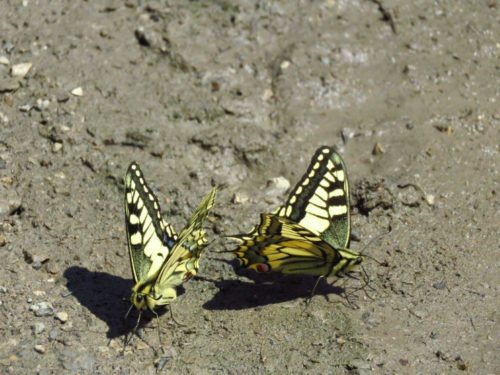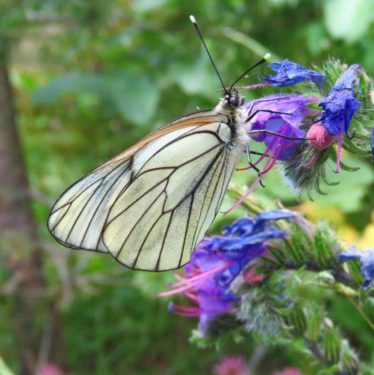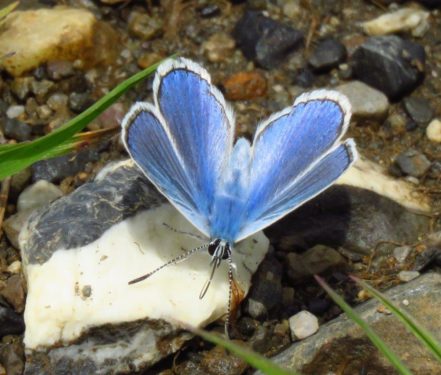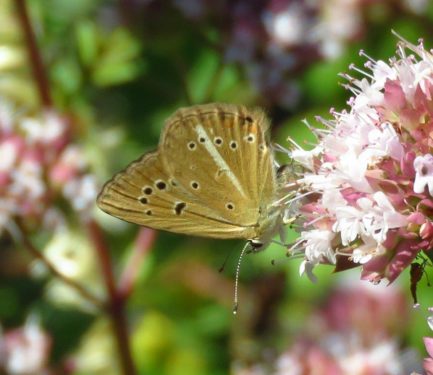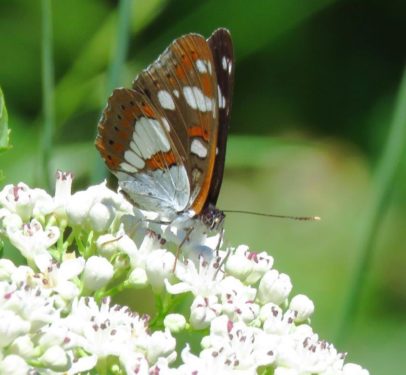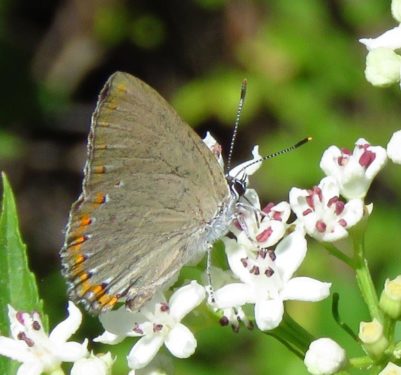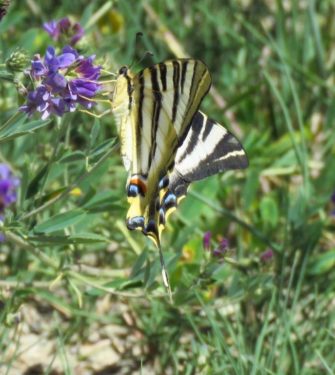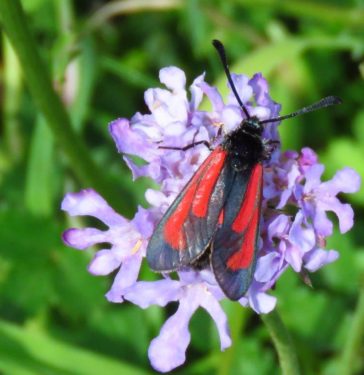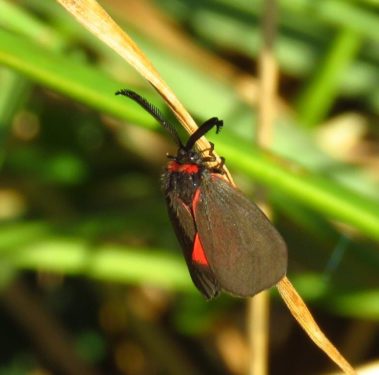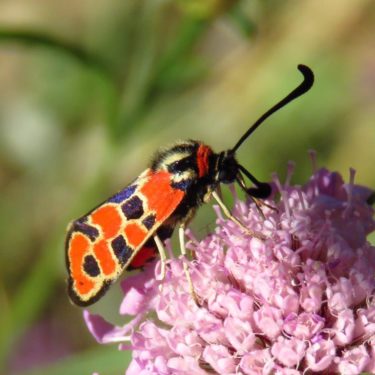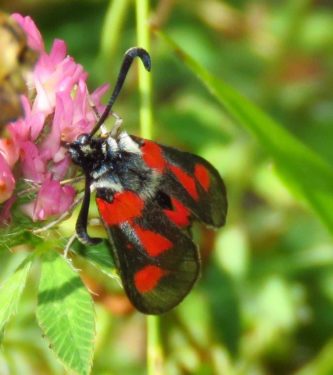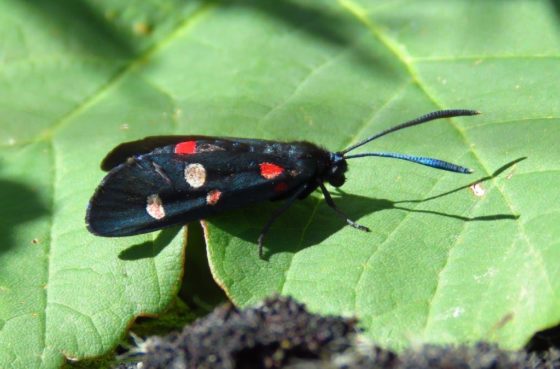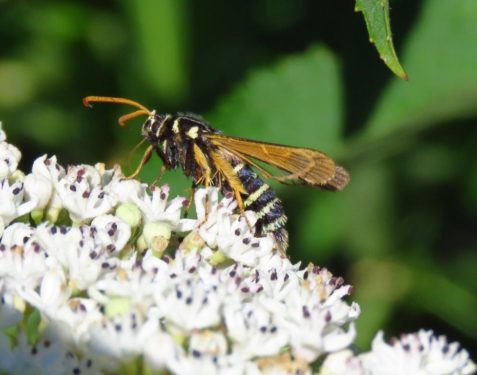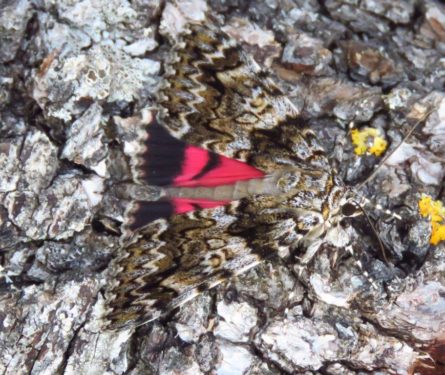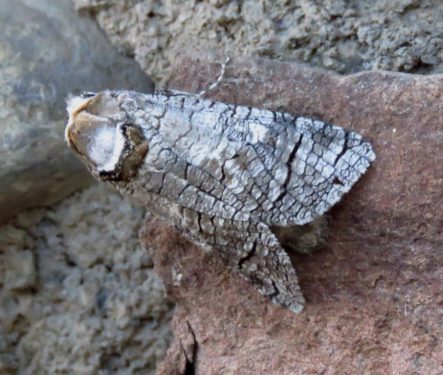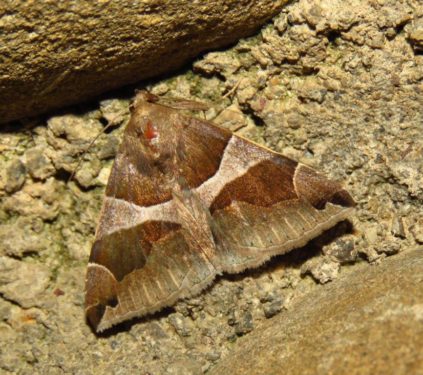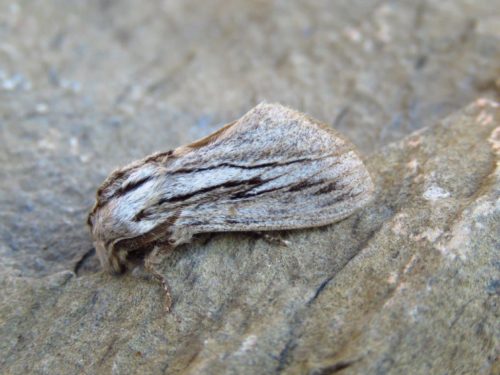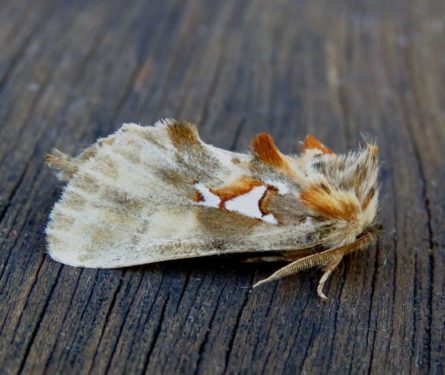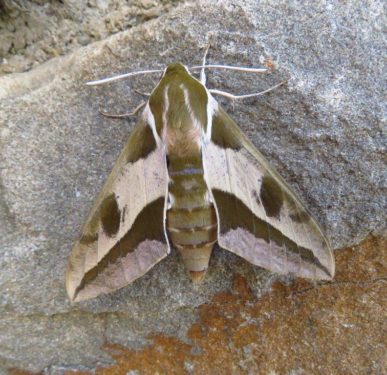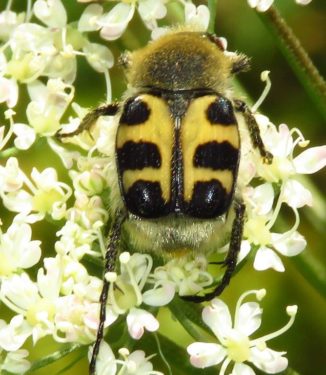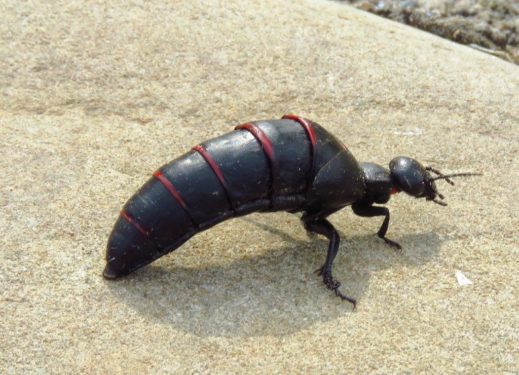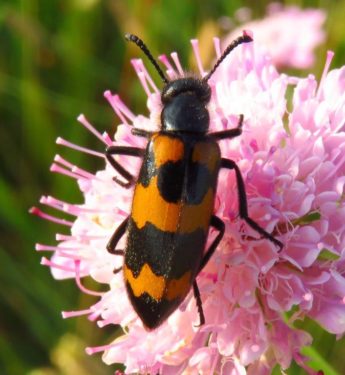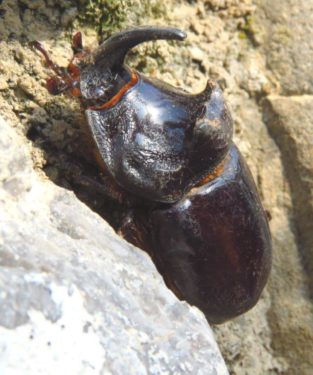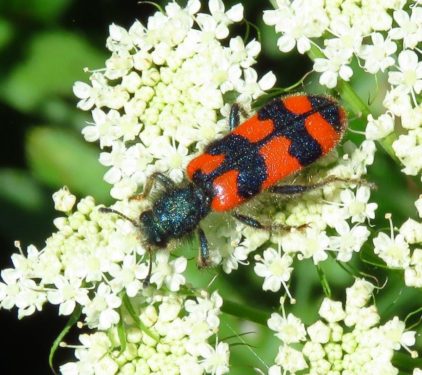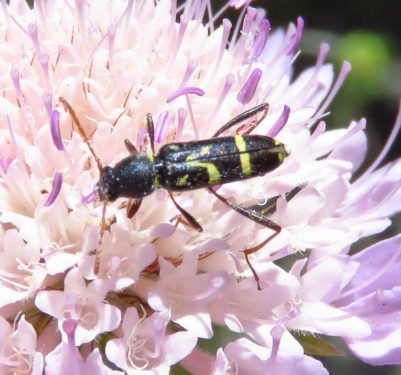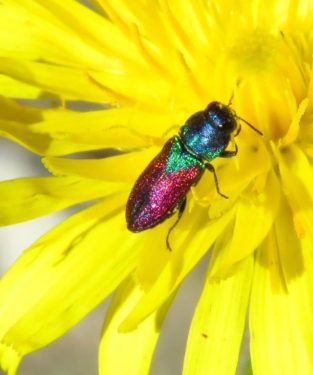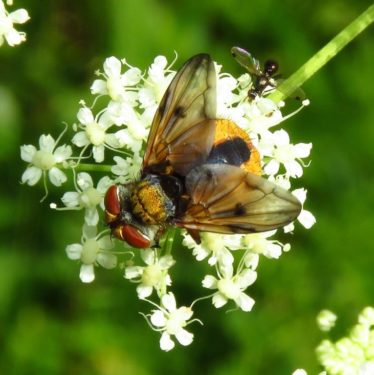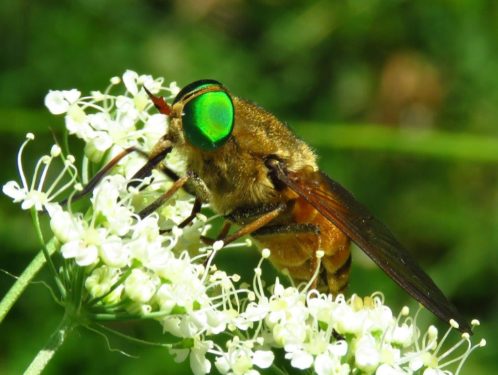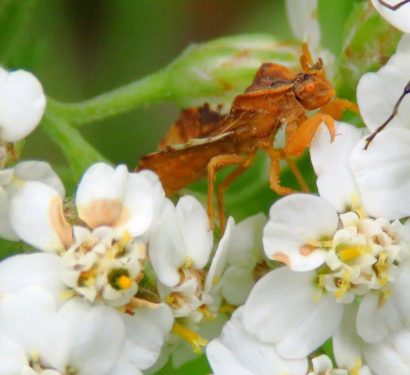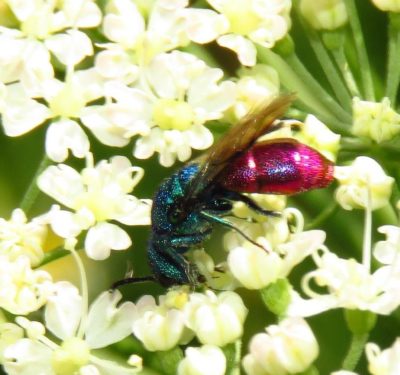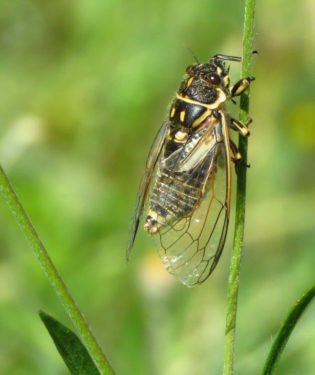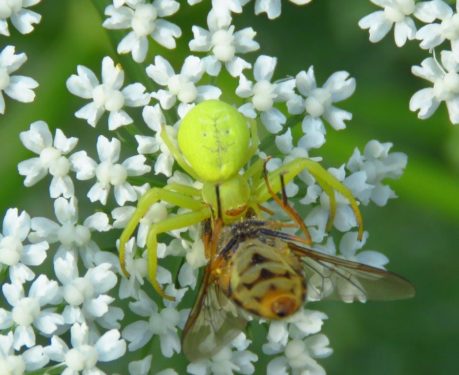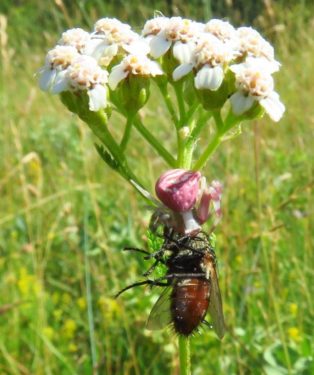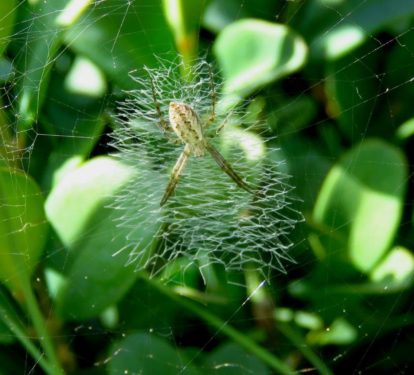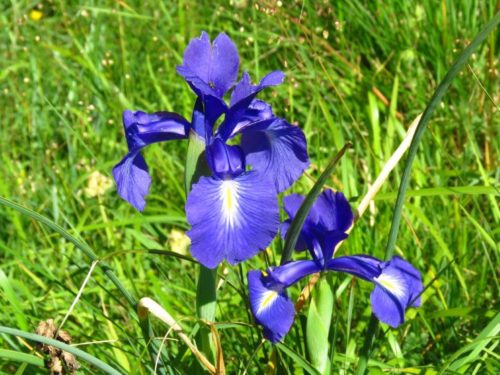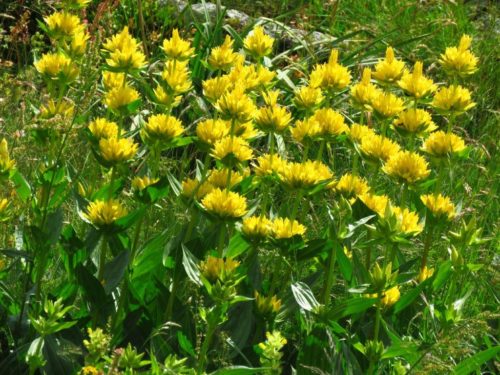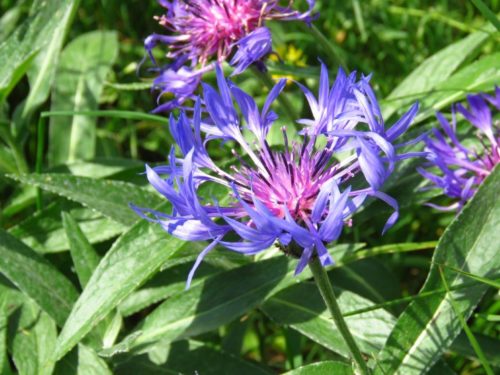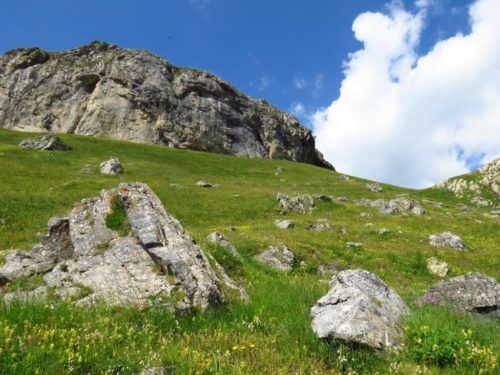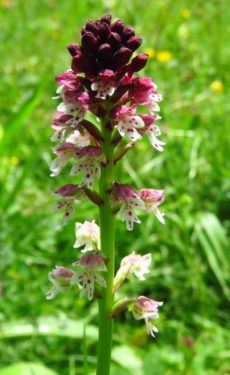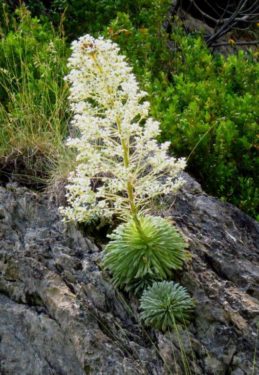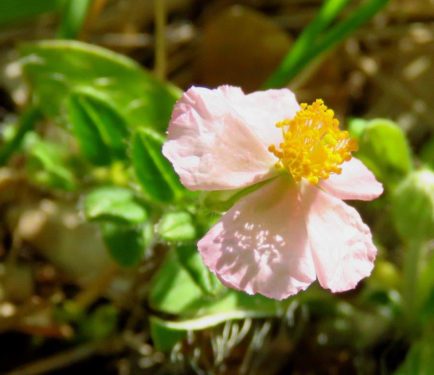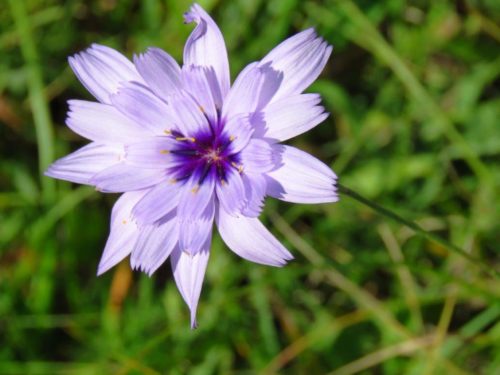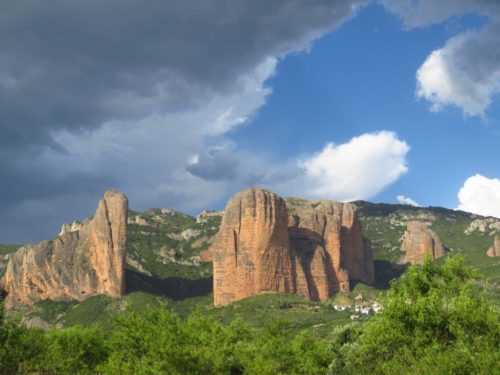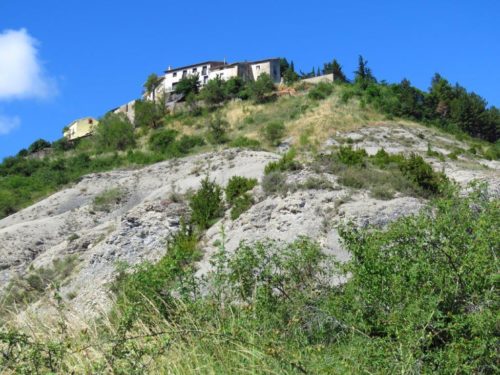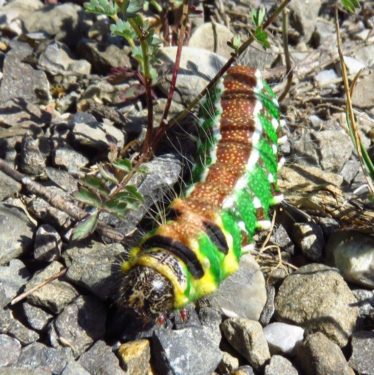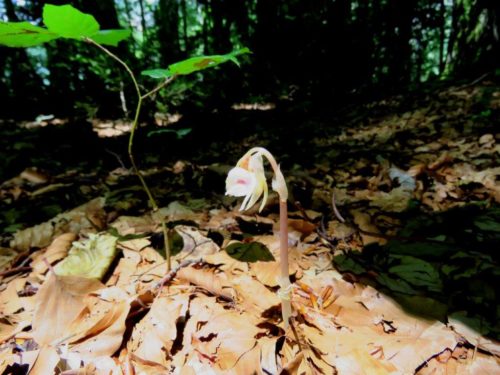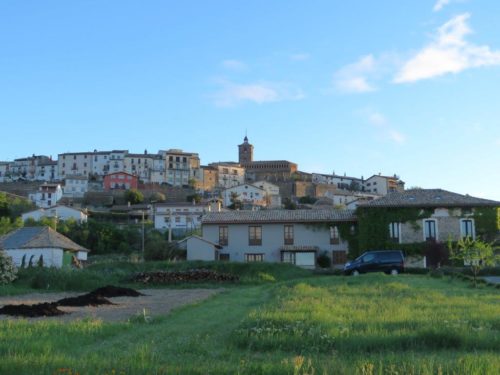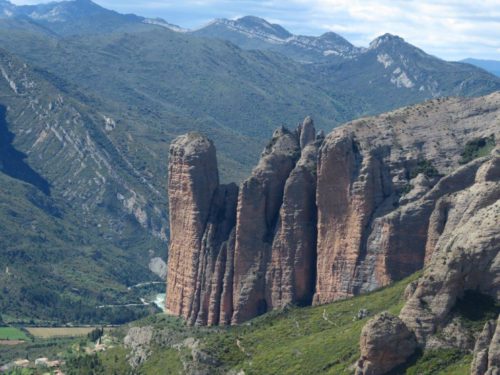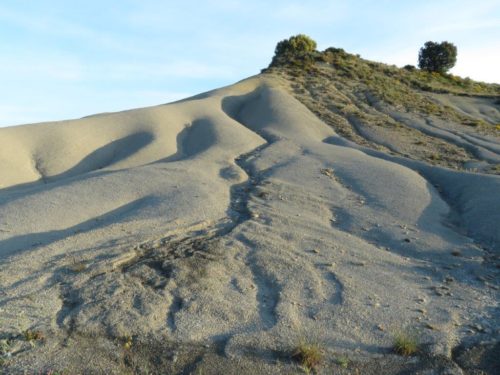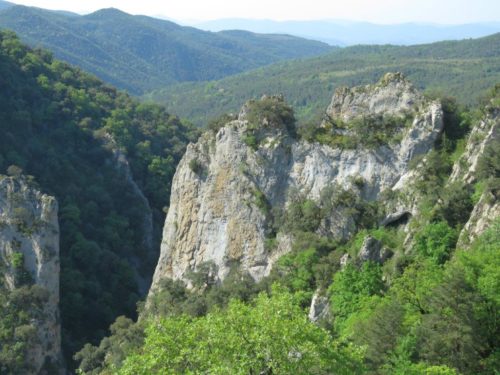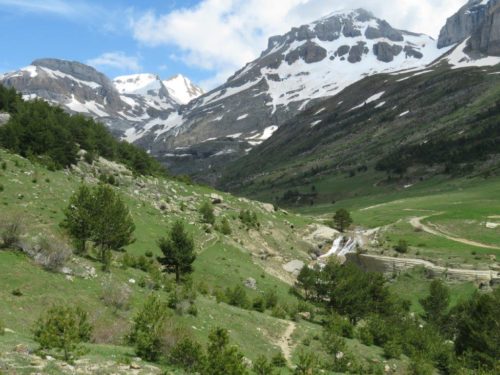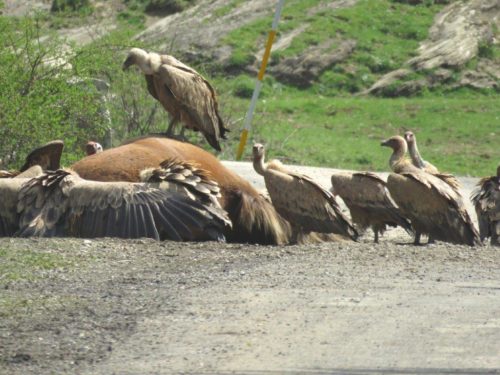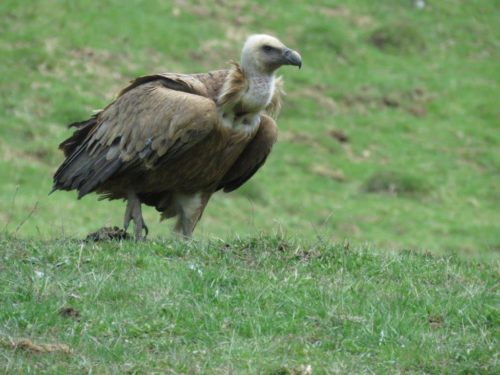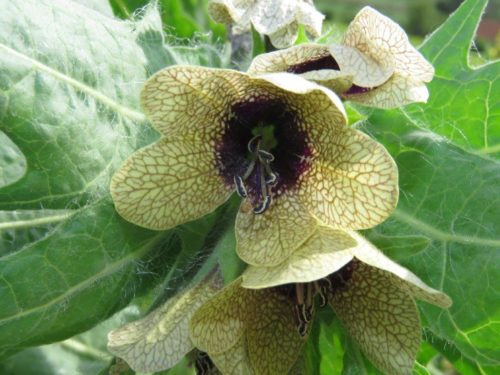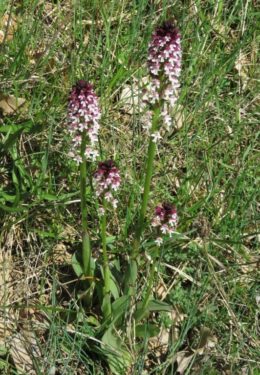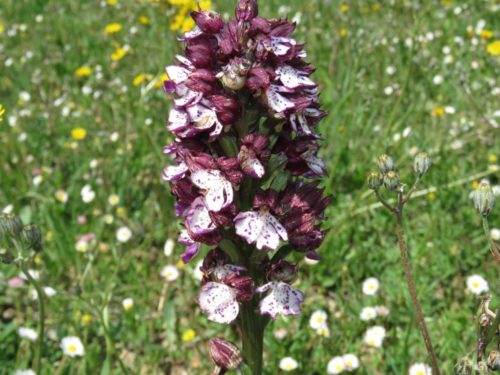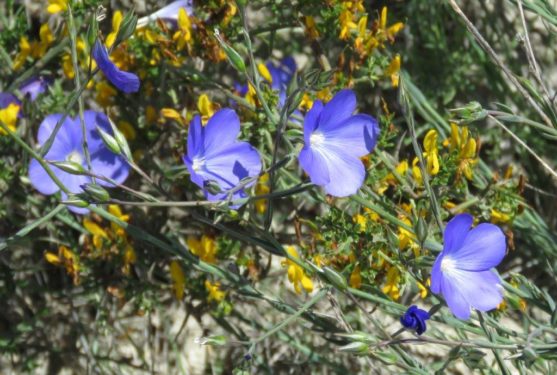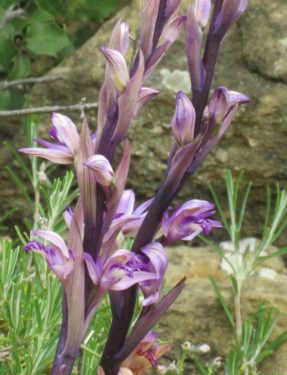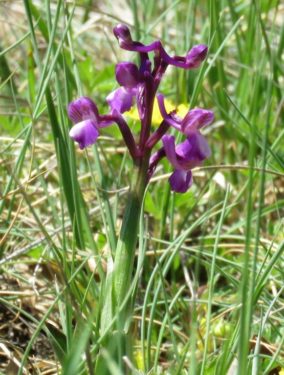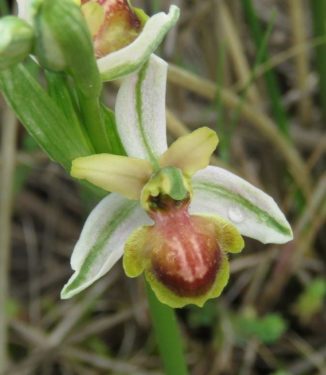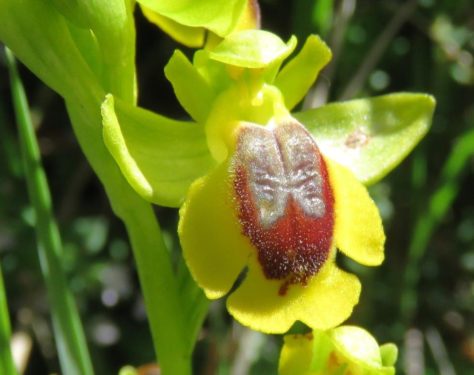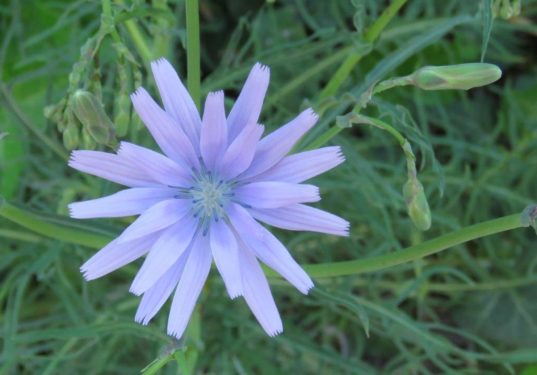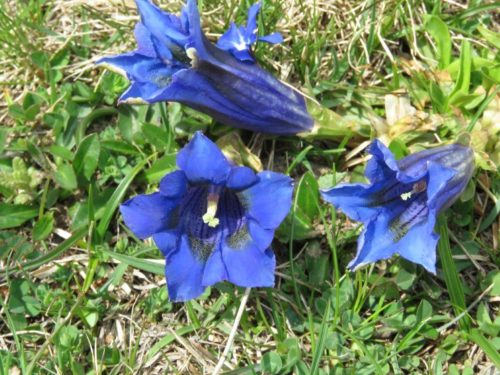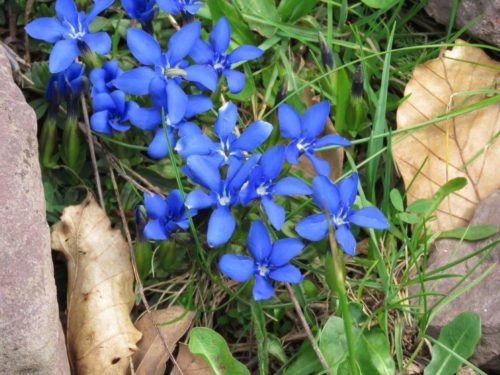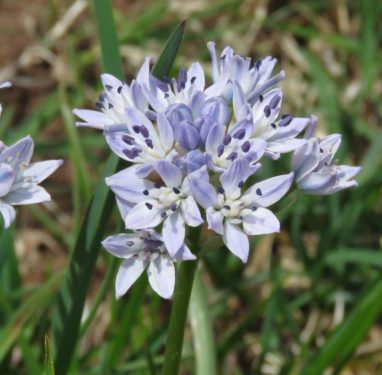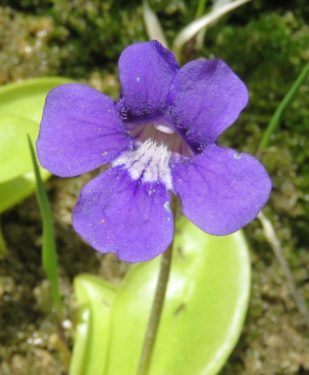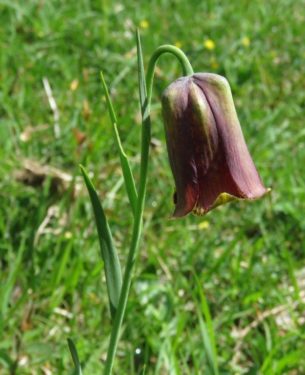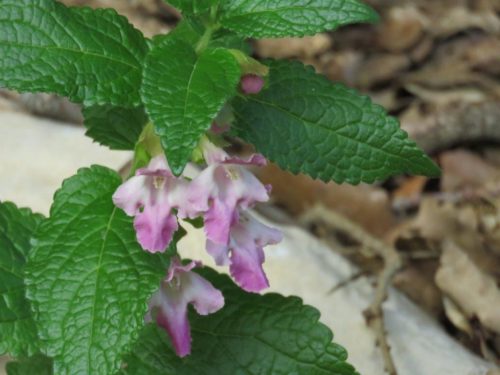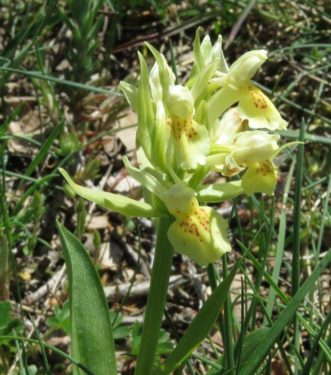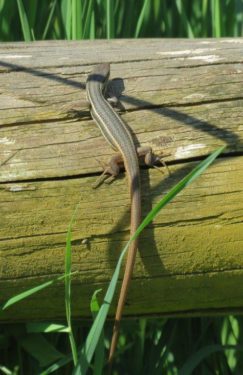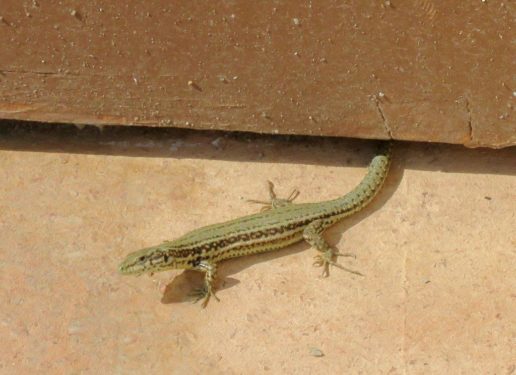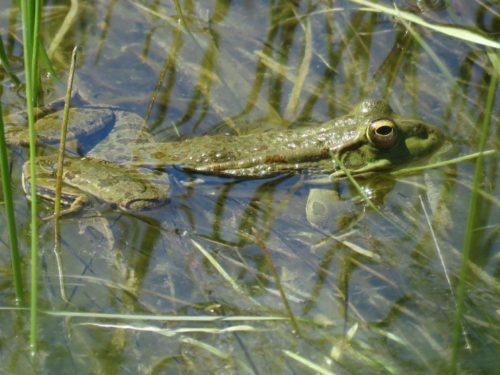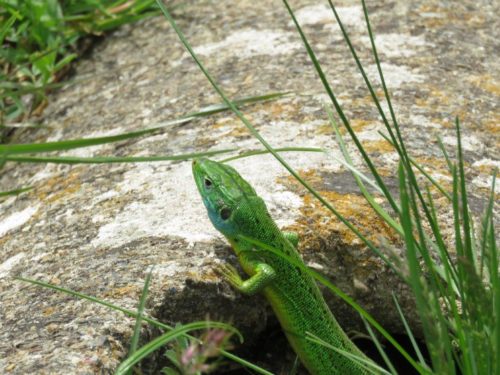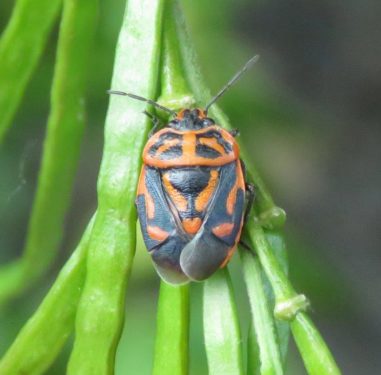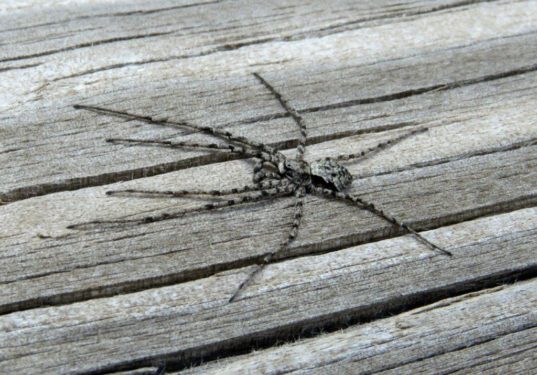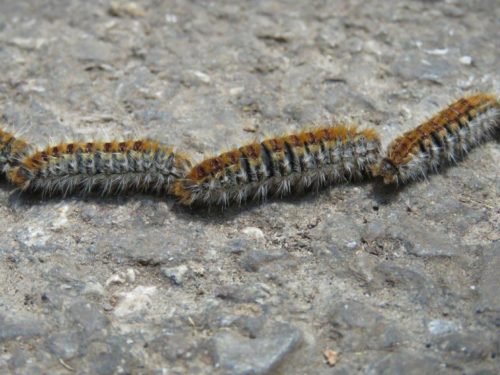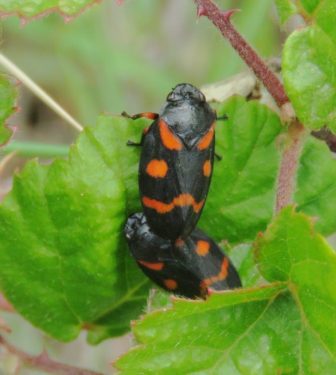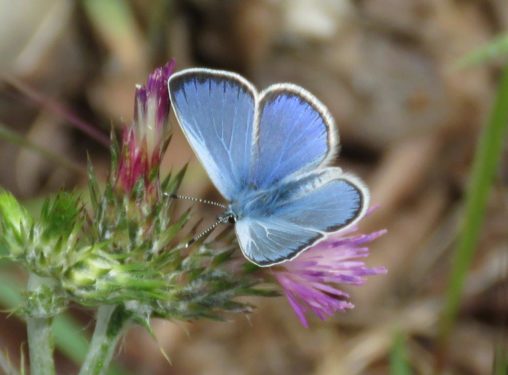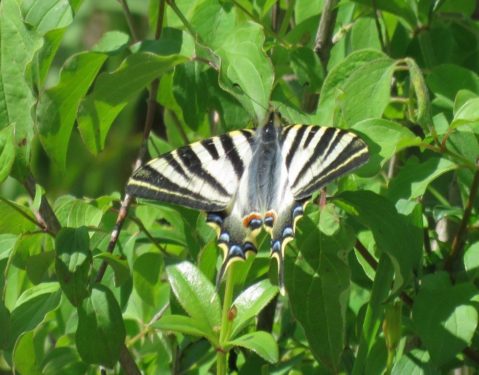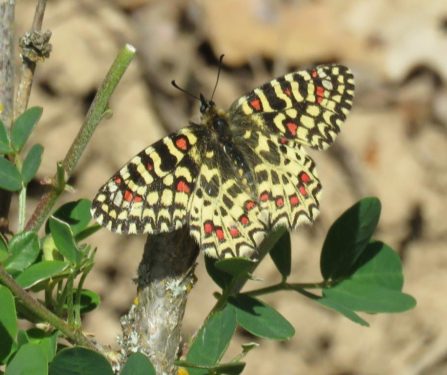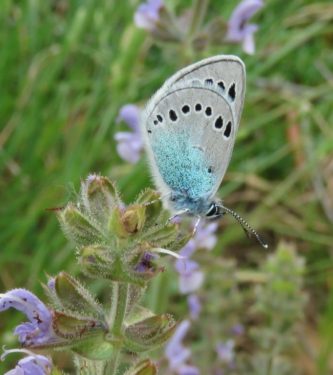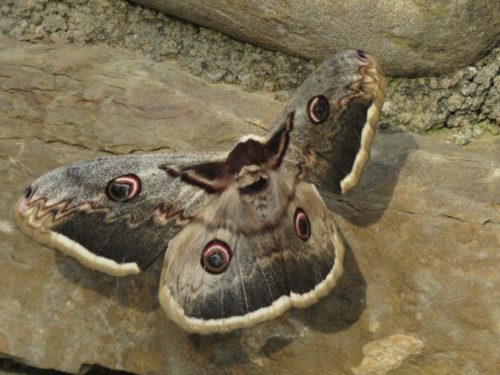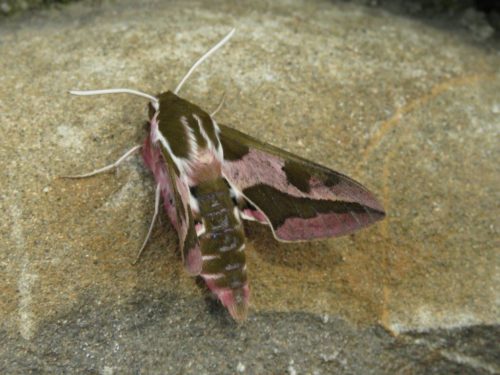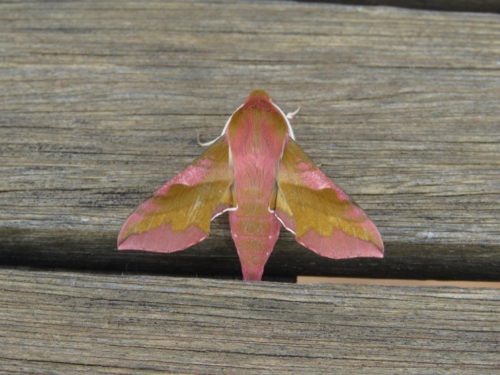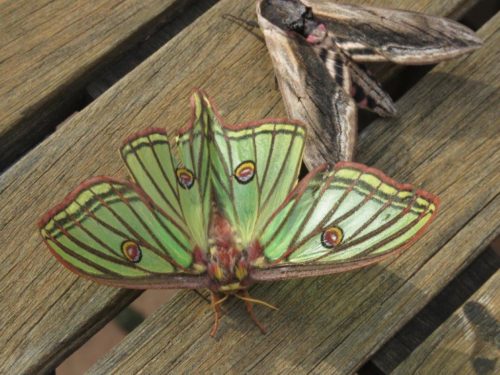Wonderful wildlife of the Pyrenees
from Naturetrek e-news May 2020

Tour Leader
16th May 2020
The Pyrenees have been my wildlife tour-guiding destination of choice now for almost 30 years, with more than 25 tours under my belt to both the Spanish and French sides of the range. What explains its consistent pull on me, when there are so many other magnificent wildlife areas in Europe and the rest of the world? I think it is the intimate mix of the familiar, the unusual, the abundance and the unique that nails it for me, all set amidst outstanding scenery and dramatic geology, along with the unfailingly warm welcome my groups get from the places we stay in and visit.
Stretching for some 400km between the Atlantic and the Mediterranean, and up to 100km wide when the flanking pre-Pyrenean ranges are included, the Pyrenees are border, barrier and island all in one. They are a border between counties and climatic and biogeographic zones – cooler and wetter to the north, hotter and drier to the south, with an additional rainfall gradient running from higher in the west to lower in the east. They constitute a barrier to movement, such that pairs of closely related, and often very similar, species are essentially separated by the range – witness Scarce and Spanish Swallowtails, Pine and Spanish Pine Hawk-Moths, Green and Iberian Green Woodpeckers to name just three. The lower passes through the mountains are also a place to watch the twice-yearly ebb and flow of migratory birds and insects between France and Spain. Furthermore, the massif, rising in several places to more than 3300m, is a more-or-less isolated island of high ground that supports plants and animals unique to the Pyrenees; indeed, the deep valleys that cut between individual mountains are themselves sufficient to isolate populations, especially of invertebrates and plants, and have led to the radiative evolution of myriad local endemics. In short, the Pyrenees are a true centre of biodiversity, on a European and global scale.
My tours have been based in two centres, both in the central part of the chain. On the French side, we are in the hands of Odile and Philippe at Gèdre, staying in the wonderfully situated Hôtel Brèche de Roland, looking up the Cirque de Gavarnie to the eponymous ‘brèche’. My most recent visit there was my only venture into the area in autumn, and gave me a very different perspective. Gone were the snowscapes I am used to in spring and early summer, and access to some of the areas above 2000m was easy, without the risk of finding a snowdrift round the next corner. This was also when I started to appreciate migration across the mountains, through the Col de Boucharo above Gavarnie into the upper Ordesa valley in Aragón. Small birds – hirundines, pipits, wagtails and finches – were obvious flying through and calling. The insect migration – of hoverflies and dragonflies in particular – was striking too; this phenomenon may be less apparent, and little known perhaps, but it was fascinating nonetheless.

Spanish Swallowtail (Chris Gibson)

Ordesa Valley from Boucharo (Chris Gibson)
At those heights, we were also seeing some of the specialities, including the Pyrenean endemic Merendera, Thistle and Eryngo, widespread across the chain, and super-specialities, like the Pyrenean Rock Lizard, known only from areas between 1700m and 3000m in a 40km stretch of the central parts of the range.
During that tour we also had several sightings of the avian icon of the Pyrenees, the Lammergeier, a species emblematic of these mountains, despite its broad distribution across Africa, Europe and Asia. Now there’s a success story of my time in the Pyrenees – the breeding population has increased from 40 to 130 pairs, despite the increase in recreational visitors and its notorious susceptibility to disturbance. This is a success for which we can take some credit, as ecotourism has encouraged a great deal of local conservation effort.
Most of my Pyrenean adventures, however, have been on the warmer side, in Aragón, based in the picturesque hilltop village of Berdún. Here I have seen children born and grow up to have their own families while village life goes on around them almost unchanged, save for the loss of breeding Tree Sparrows and Scops Owls, and the gain of Rock Sparrows. Originally, we were based in the village centre (all cobbled streets, echoing with chattering Swallows, and Griffon Vultures overhead) at the Painting School, run by Viv and John, and fed and watered at El Rincón de Emilio. But since the Painting School closed, we have moved down the hill, into the very capable hands of Peter and Mel at Casa Sarasa, for unfailingly outstanding food and facilities, great company and an excellent co-leader, and a garden managed for wildlife, the lawn studded with orchids in spring and thronged with butterflies in summer – as many as 25 species a day at the peak. They also have a moth trap and a licence to use it, as required in Spain; many a happy hour has been spent sitting by the trap, and sorting through the contents the following morning, especially during my early July moth and butterfly themed tours there, seeking out the goodies from among the sometimes thousands of Pine Processionaries. And what goodies they are – hawks, tigers, red-underwings and, especially a little earlier in the season, the really big game: the hand-sized Giant Peacocks (sometimes in multiple occurrences) and, just occasionally, a Spanish Moon Moth, another icon of the Pyrenees, the Lammergeier of the moth world, a veritable flying Art Nouveau brooch … or a monster caterpillar for the midsummer visits.
In fact, it would be possible to spend a full week walking out from the base at Casa Sarasa. As well as the garden, there is wildlife-rich scrub and grassland, riverine woodland and marsh, and rocky gorge habitat all within a few kilometres. Bee-eaters and Golden Orioles, kites and vultures, hordes of Common Swifts, and in April and May, more singing Nightingales than I have ever heard anywhere else – this is just a small selection of the breeding birds on offer. In July, the butterflies come into their own: Common and Spanish Swallowtails, Marbled Whites, Spanish Gatekeepers, Spanish Chalkhill Blues, Clouded Yellows and Great-banded Graylings are often especially numerous, together with a frantic band of pollinators working the Scabious, Knapweed and Chicory flowers from dawn ’til dusk. And finding a flowering patch of Dwarf Elder of Hogweed can mean that no walking is needed; just standing and looking at the dinner-plate-sized floral banquet, source of nectar and pollen for all-comers, can provide a continual stream of insect visitors, from hairstreaks to green-eyed monstrous horseflies, longhorn beetles to iridescent chafers, and often as not, a crab spider taking its pick of the goodies on offer.

Casa Sarasa (Chris Gibson)

Lammergeier (Chris Gibson)

Spanish Moon Moth (Chris Gibson)
Having said that, to overlook the range of habitats and associated wildlife available within an hour’s drive would be unthinkable. From the hot, dry Ebro Valley, through the conglomerate pre-Pyrenees, to the montane heights at and above 1700m, there is excitement to be found year-round. Some of the most overwhelming sights are the drifts of mountain flowers – daffodils, gentians, Oxlips, hellebores and orchids, and many, many more – which are nowhere better than in the remote valley of Aísa. This has to be one of my favourite spots on the surface of the Earth – almost unimaginably scenic, the haunt of Golden Eagle, Alpine Marmot and Southern Chamois (or Izard). It’s the sort of place where nature and landscape merge so wholly, without any significant human intrusion, that you just want to sit and stare and sink into life in the mountains.
And if the weather is right (which it isn’t always!), the butterflies in high summer are outstanding – diverse (a typical week in July will produce 110-120 species) and abundant, with puddling multi-species throngs of male blues, skippers, fritillaries and whites. It’s the perfect situation in which to compare often difficult to separate species, excellent for photography, and difficult to lift one’s eyes from… except when the sky is darkened by a majestic, almost soaring, Apollo.
Of course, it isn’t just about the butterflies, and the trap is not the sole window into the world of moths. There is a range of day-flying moths too, many of which are ultra-charismatic and much sought after, including clearwings, foresters and especially red-and-black burnets, of which we have recorded nearly twenty different species over the years.
With all this going on, it is almost impossible to single out individual highlights of my Pyrenean adventures. When asked to name my favourite tour, I almost invariably pick the one I have most recently led, and actually, the process of continual discovery gives considerable truth to that. Highlights are created through a unique combination of wildlife, place, weather, people and happenstance, and one of those high spots was indeed on last year’s tour, towards the end of a very hot, dry week, when temperatures at Casa Sarasa peaked in the mid to high thirties. As I wrote at the time:
On the penultimate full day, the weather was breaking down. Torrential rain was forecast, so we remained close to home, in a meadow at the top of Biniés Gorge, just 5km away. In overwhelming humidity, the Brambles, Dwarf Elder, Scabious and Knapweed were almost literally dripping with butterflies, burnets, beetles, bugs and flies of every description; such diversity and abundance gives hope for the planet once the malign curses of pollution and pesticide drenching are consigned to history. It was a cornucopia at every turn, everything seemingly feeding voraciously in advance of the coming deluge. And what a deluge it was when it came that evening – 70mm or more of rain, so intense it caused a major cliff fall, blocking the road to our Garden of Eden.
The sights and sounds, smells and memories of that meadow will remain with me always, the beating heart of the wild Pyrenees at their best.

Knapweed Fritillary (Chris Gibson)

Chalk Burnet (Chris Gibson)

Mediterranean Burnet (Chris Gibson)
Of course, highlights can equally coalesce around something less all-encompassing. Returning in my mind to Aísa, and specifically to our usual picnic site a little way down from the top of the road, a fellow traveller came back excitedly from a lunchtime potter having found a flowering Pyrenean Lily, the only one I have ever seen. It is such a dramatic, and iconic, flower! Nearby, we know of a couple of small patches of Cross Gentian, and experience has shown that if we wait close by for a few minutes, in most years we will see Mountain Alcon Blues coming to lay eggs on them. It is always a highlight for the clients, and for me, that in the vastness of this landscape, the butterfly, which we never come across elsewhere, can be almost relied upon to put in an appearance.
Another butterfly that is always high on the wish list is Two-tailed Pasha. While not uncommon on the Spanish side where its food plant, Strawberry-tree, is found, the timing of our July tour misses its second-brood abundance peak of late summer, though we have found its dragon-masked larvae and seen the occasional early adult, including on one memorable (anti-highlight) occasion, supping from a ‘fragrant’ dog turd…
Returning again to last year, another highlight was waiting for us on our journey home. On the way back to the airport, we took lunch at Agüero, among the Strawberry-trees. Sadly, as I ruefully explained after lunch, this looked like being for no purpose, given that the object of our desires had not appeared. However, no sooner had I said ‘Two-tai….’ than Peter shouted ‘Two-tailed Pasha’ as one sailed around us, up into the treetops and away. There was no chance of photos but, our passion for pashas somewhat sated, we headed home blessed by serendipity that no amount of planning could have ensured.
That just leaves my own personal highlight of highlights. For forty years I have scoured the beechwoods of Europe for a plant so mysterious and unpredictable its presence is usually spoken about in hushed tones and generalities. I have always failed to find it. One lunch break a couple of years ago, while others visited the café, I strolled through a dense, dark beechwood, when a serendipitous shaft of sunlight lit up the woodland floor about five metres from me. Illuminated out of the darkness was the characteristic, colourless, enigmatic (it’s no looker, so it needs to be bigged up!) form of a Ghost Orchid – the botanist’s Holy Grail! Perhaps against all odds, I managed to relocate it to show the group, who willingly set aside the artificial constraints of a moth and butterfly tour for a few minutes.

Cross Gentian (Chris Gibson)

Mountain Alcon Blue (Chris Gibson)

Ghost Orchid (Chris Gibson)
As always, the Pyrenees had come up with surprises from across the wildlife spectrum. Whatever we go to see, whatever we hope to see, there’s always more. And the advantage of multi-layered interest is that a Pyrenean adventure can be responsive to the weather: when hot and sunny, the insects, flowers and landscape take centre-stage; when cloudy, at least the birds keep on showing; and even in rain, the geology is always there.
Furthermore, as we move into a new era of environmental consciousness, increasingly there are calls to travel without flying. With the efficiency and comfort of the French high-speed rail system, the Pyrenees could well be firmly on that map once the world settles into its new normal.
